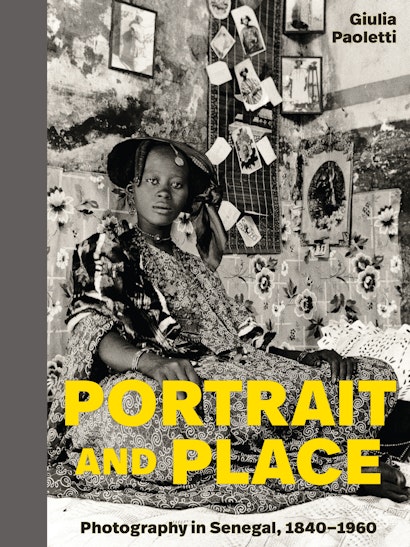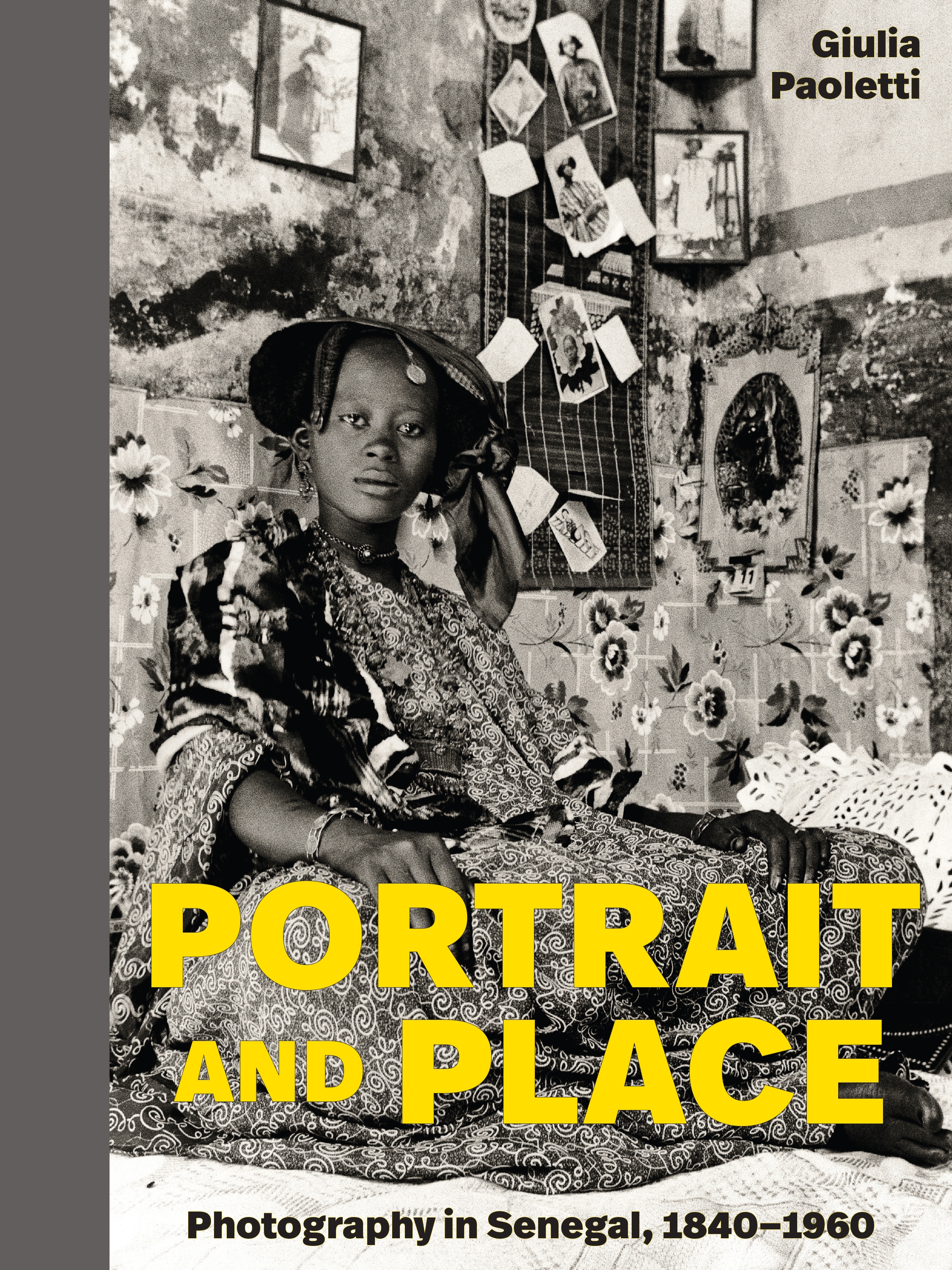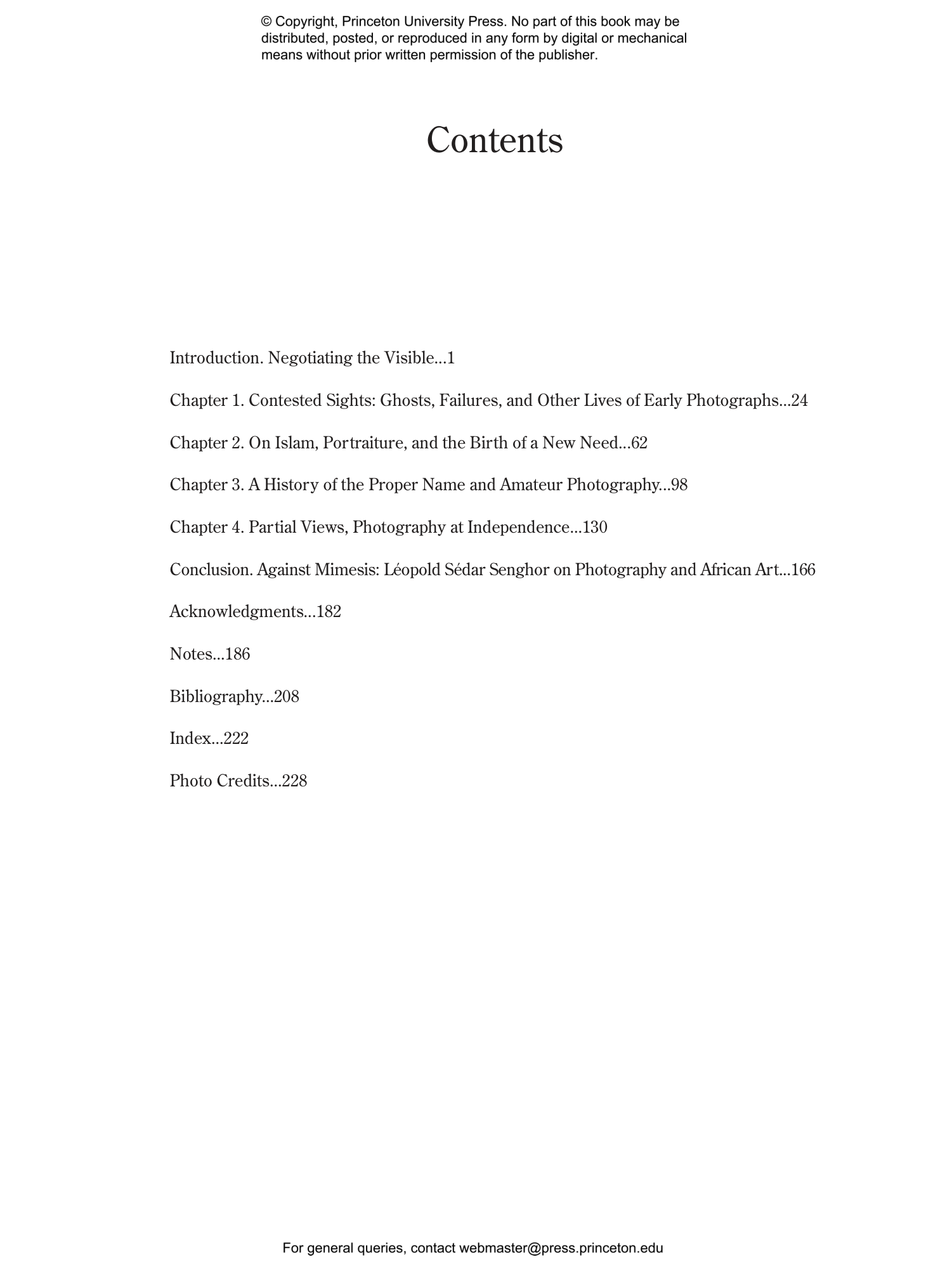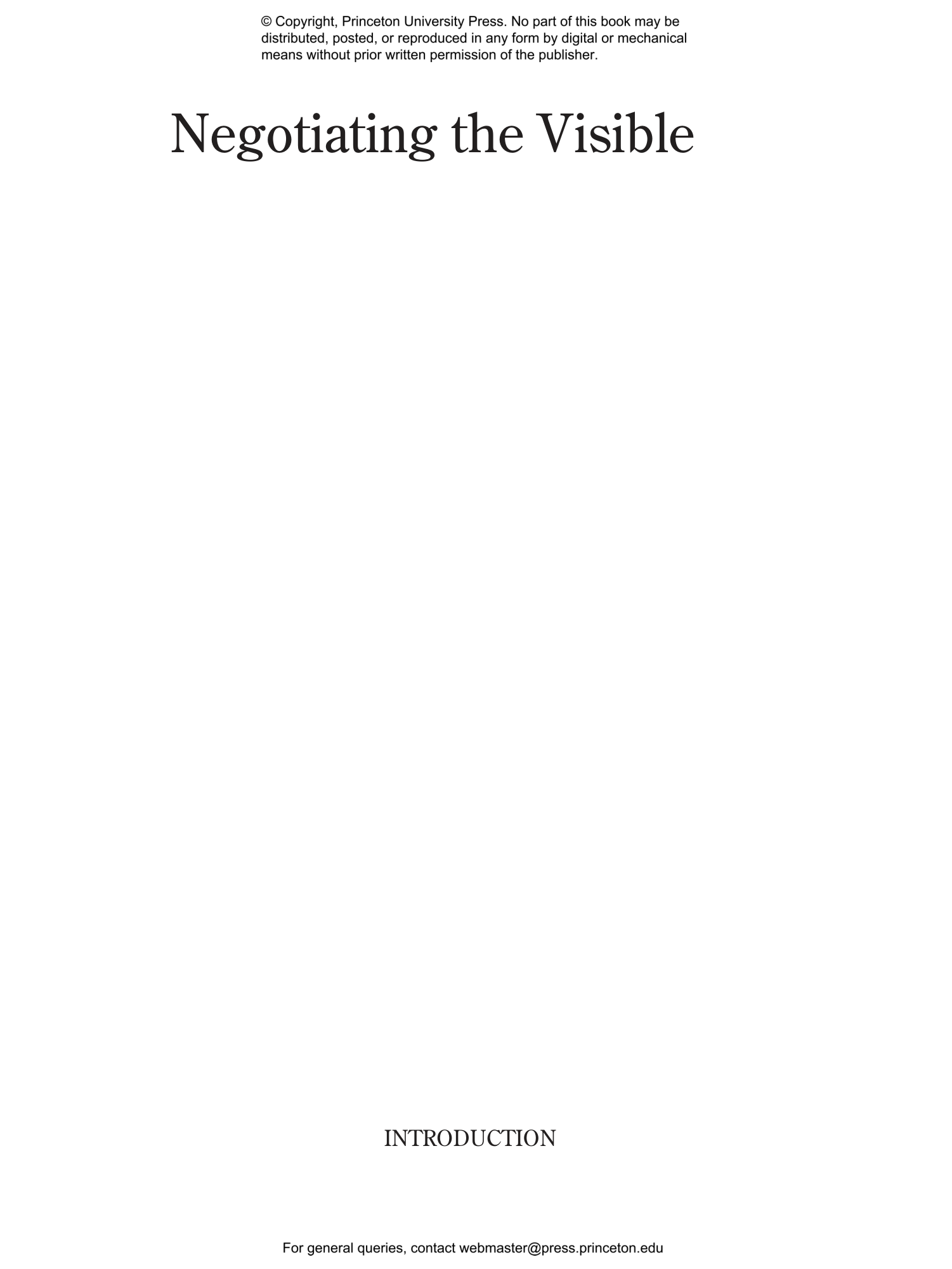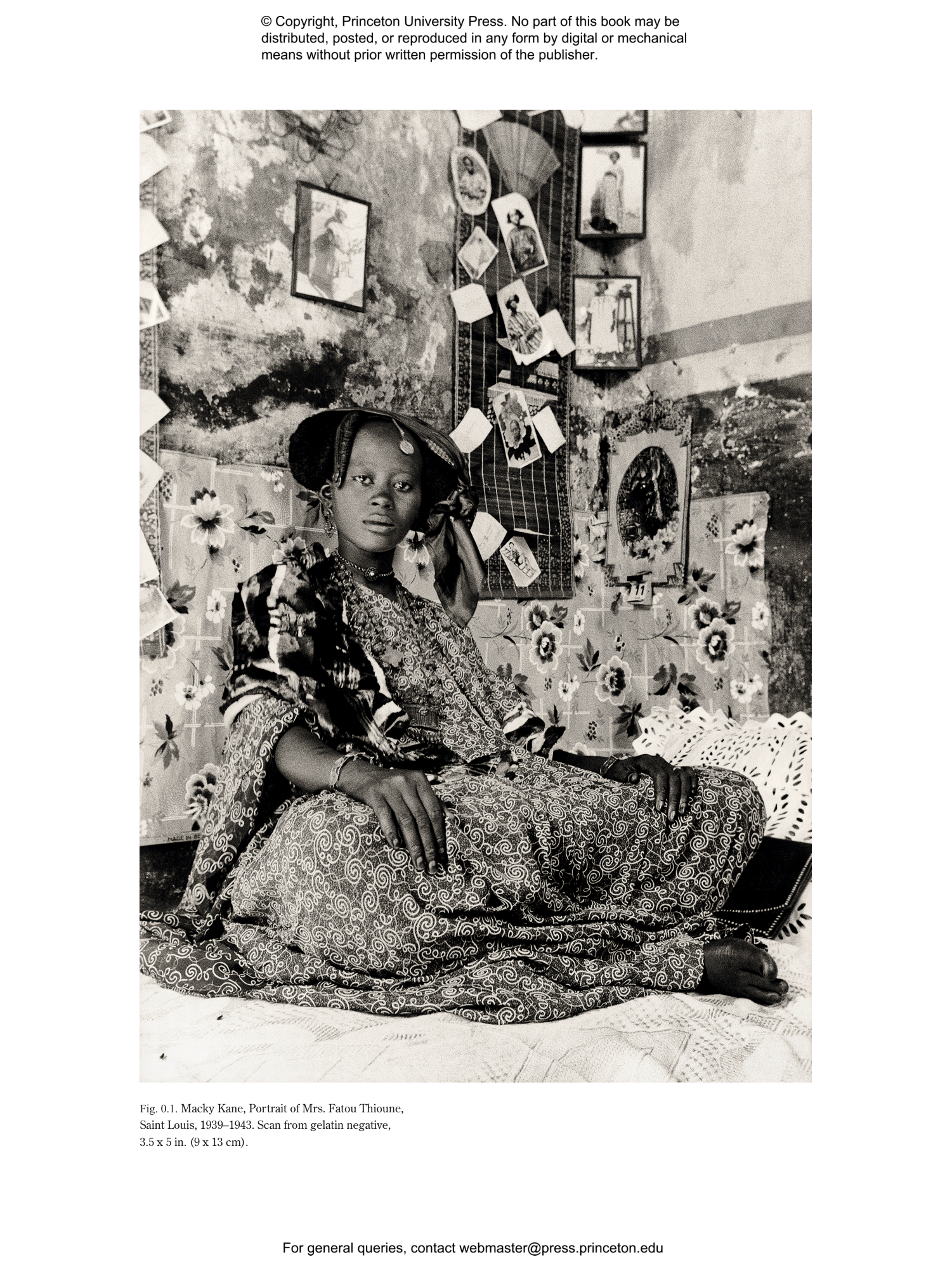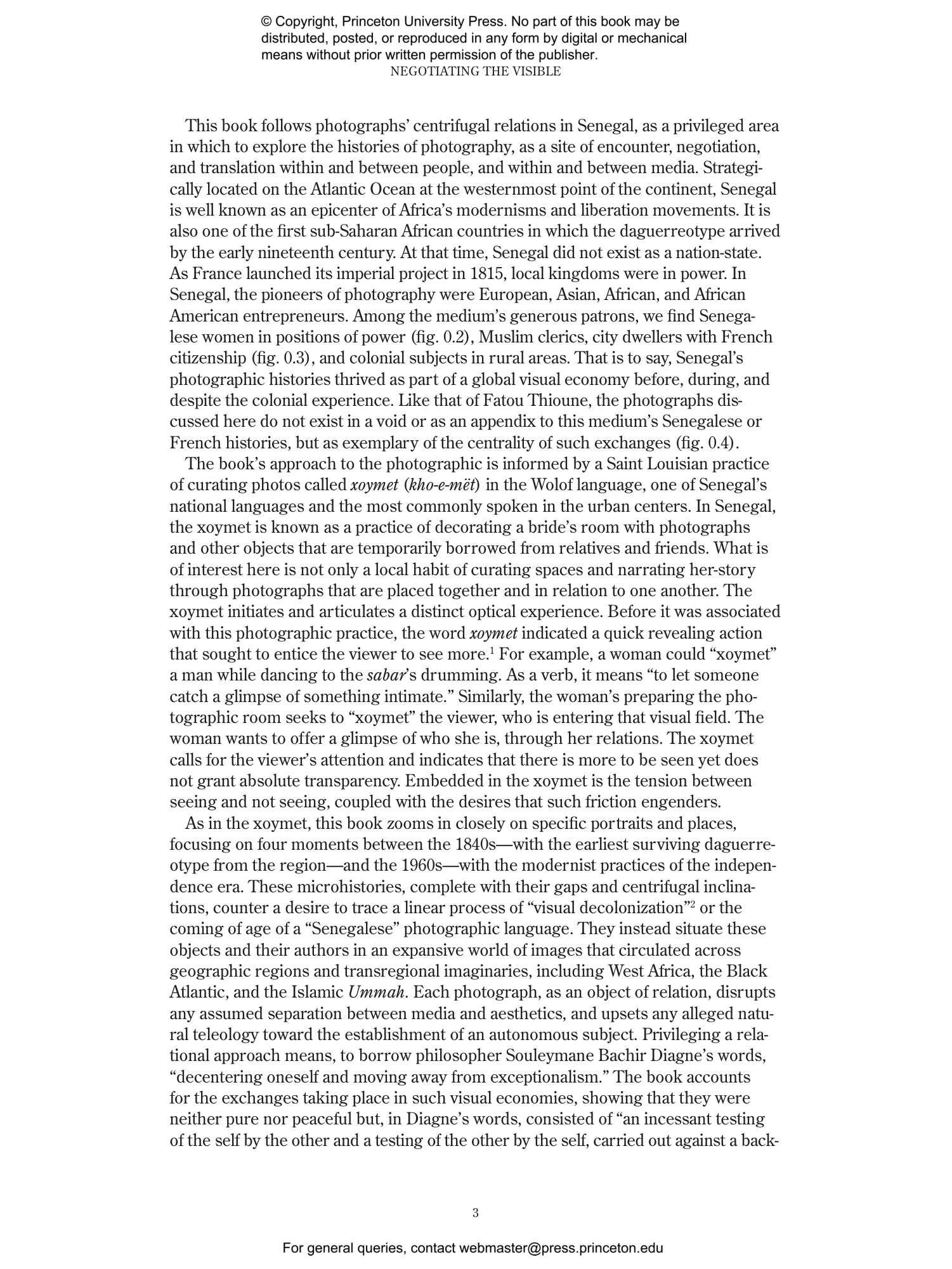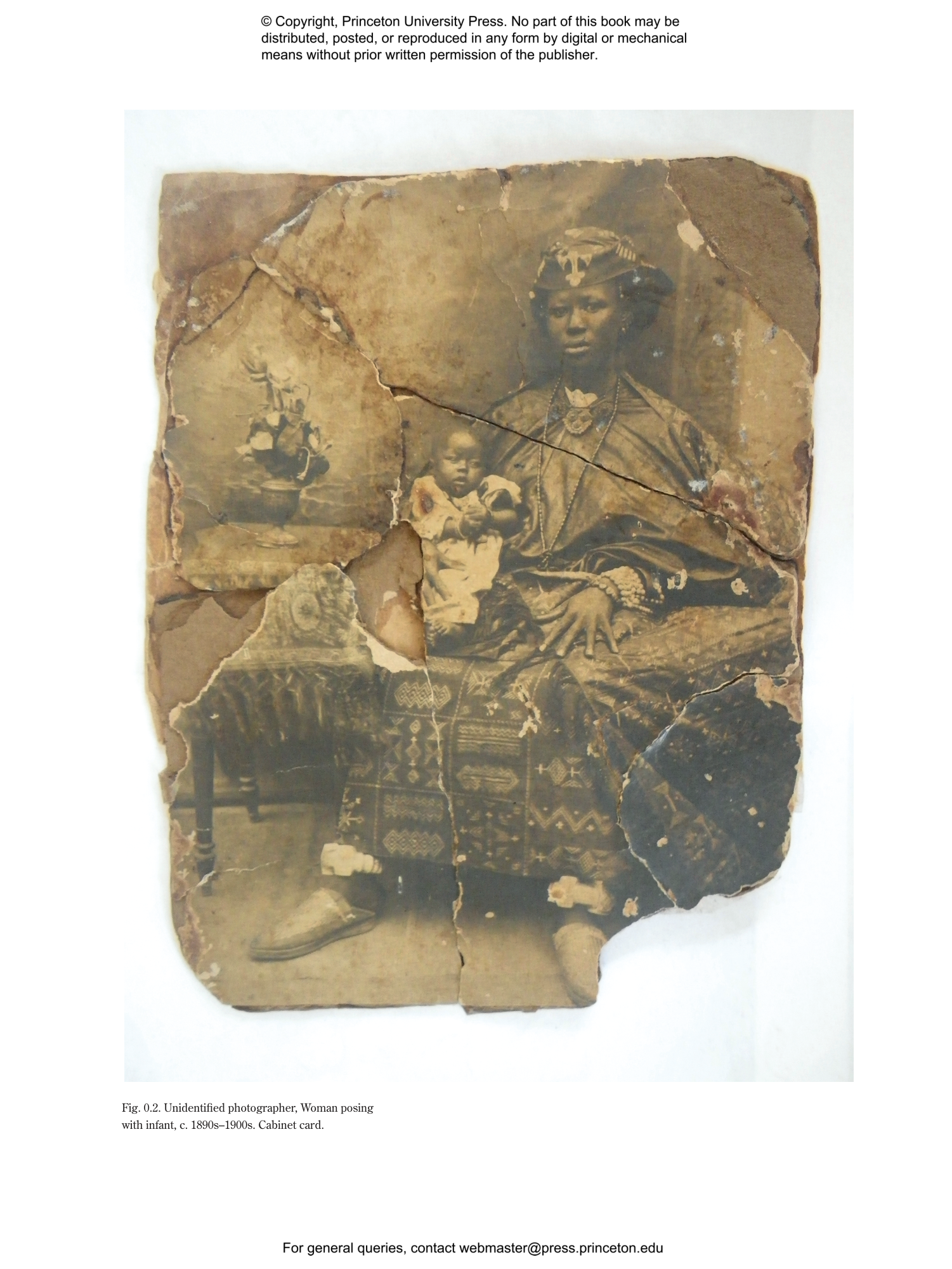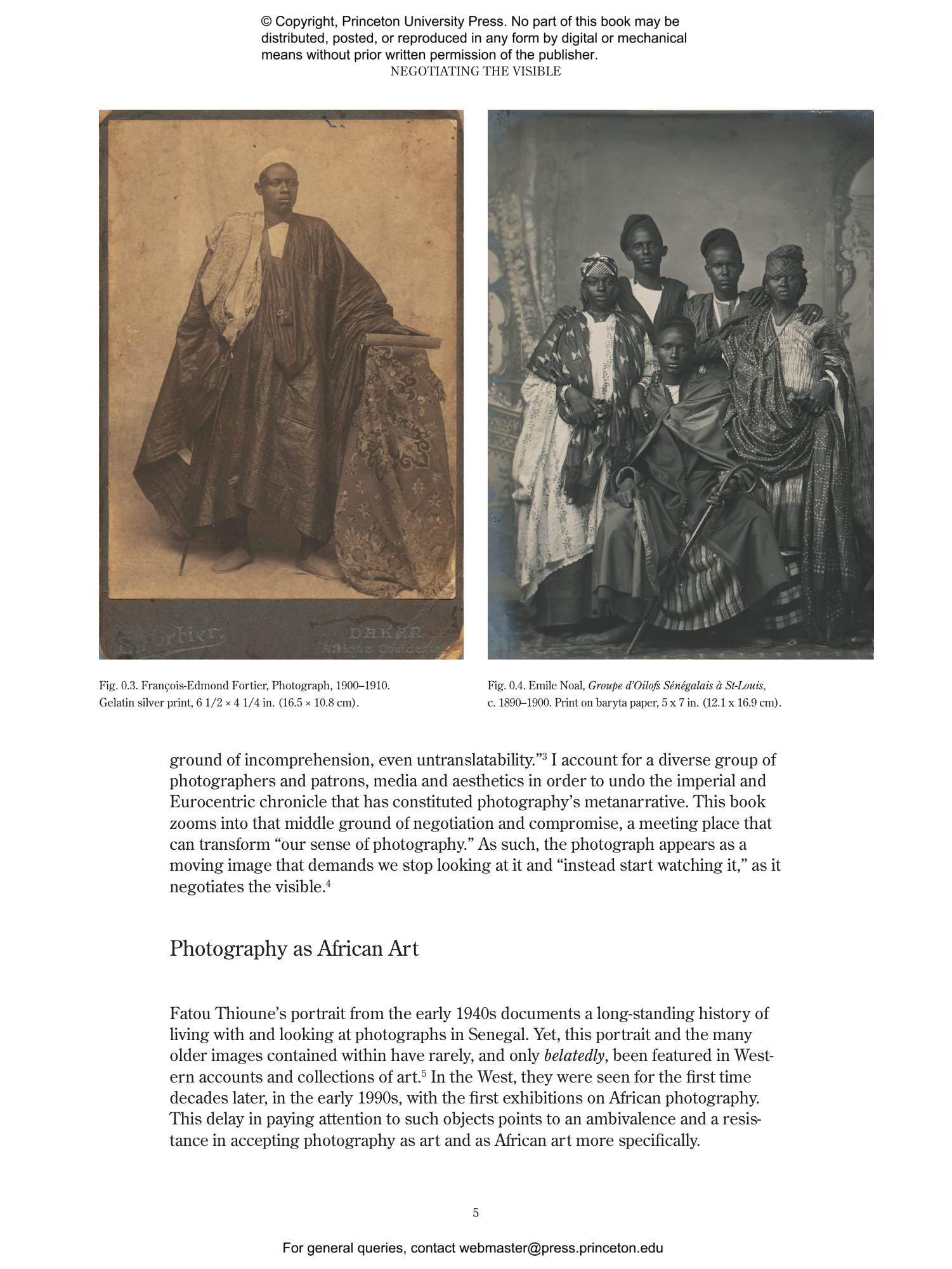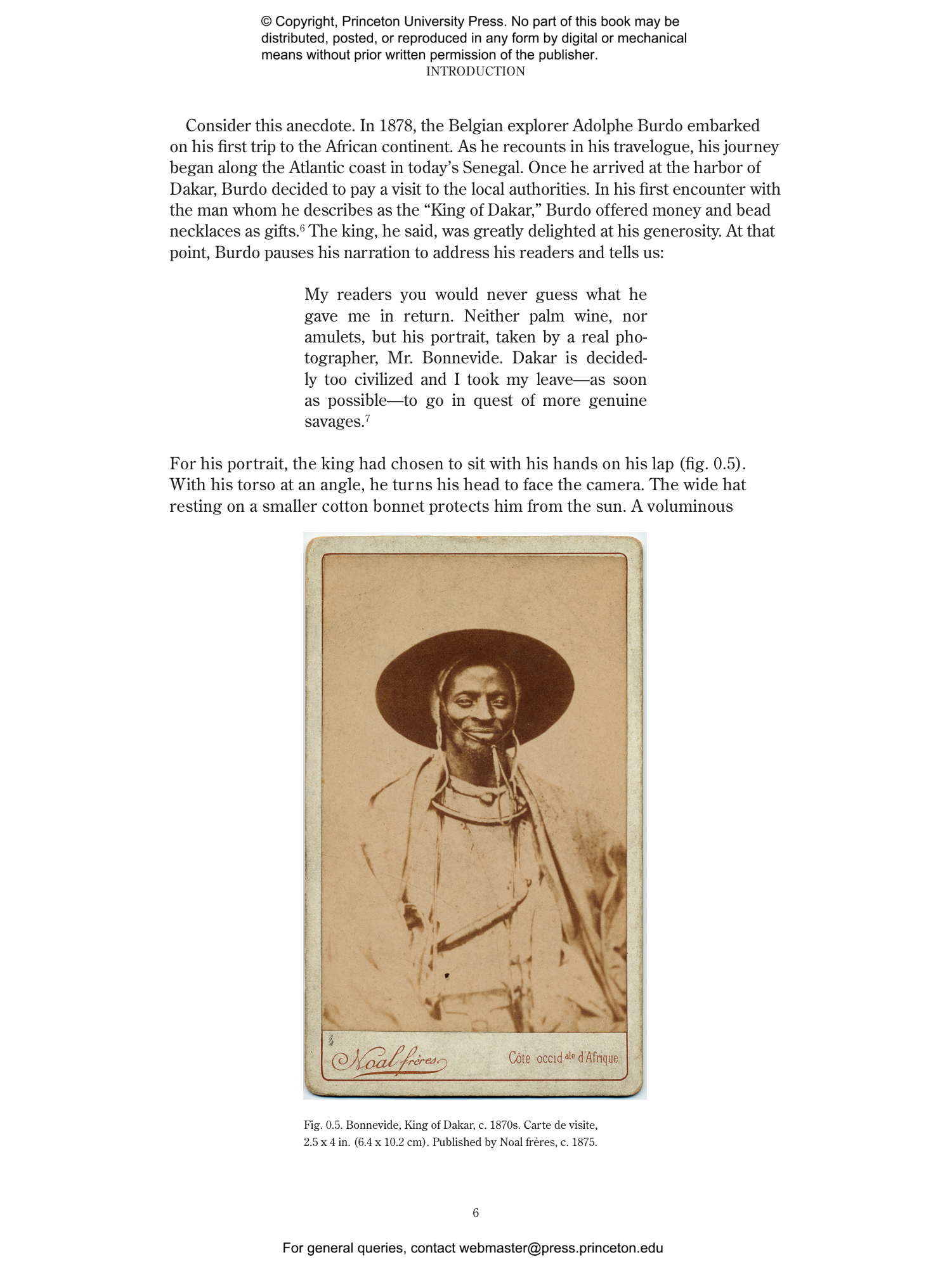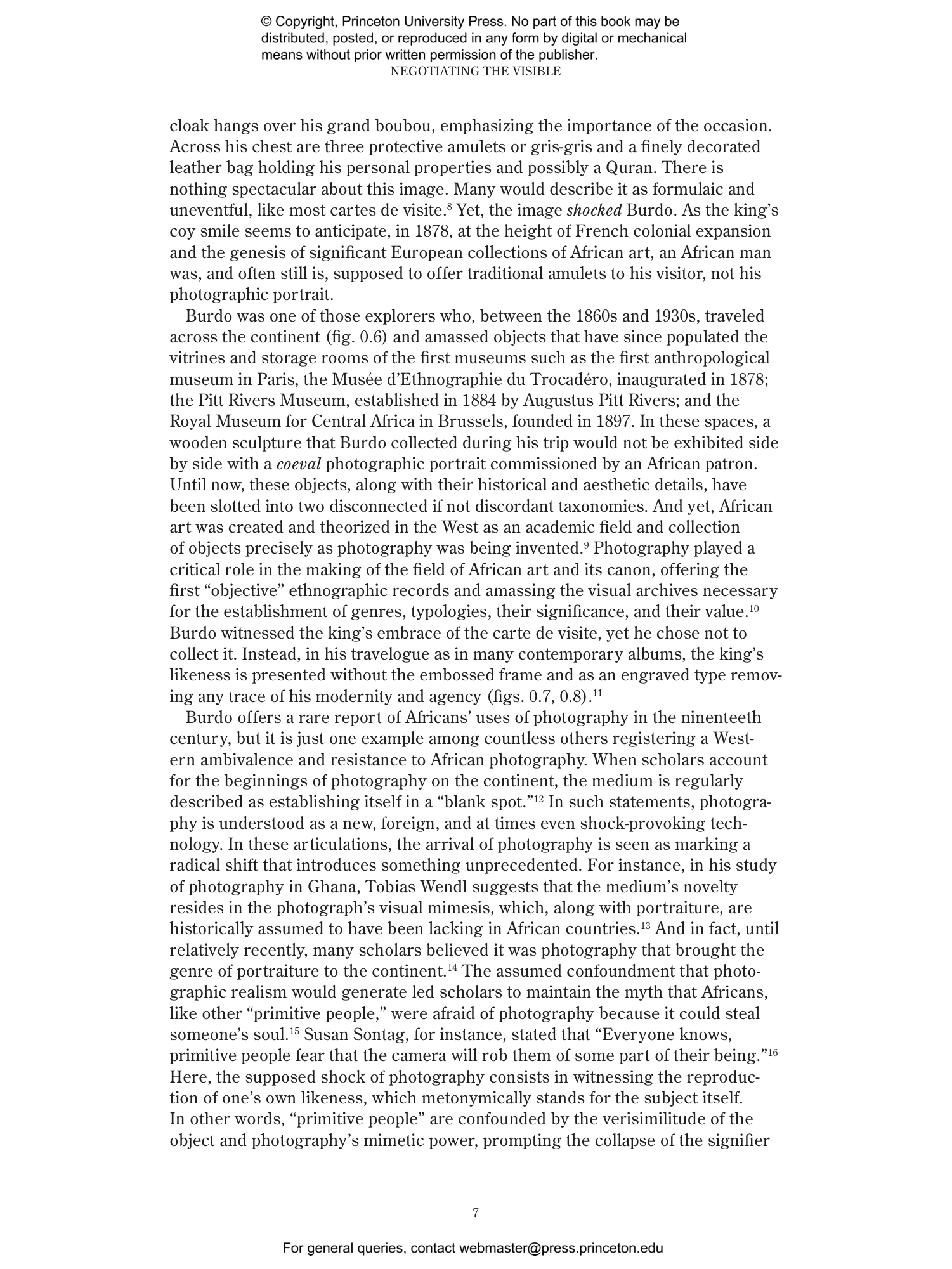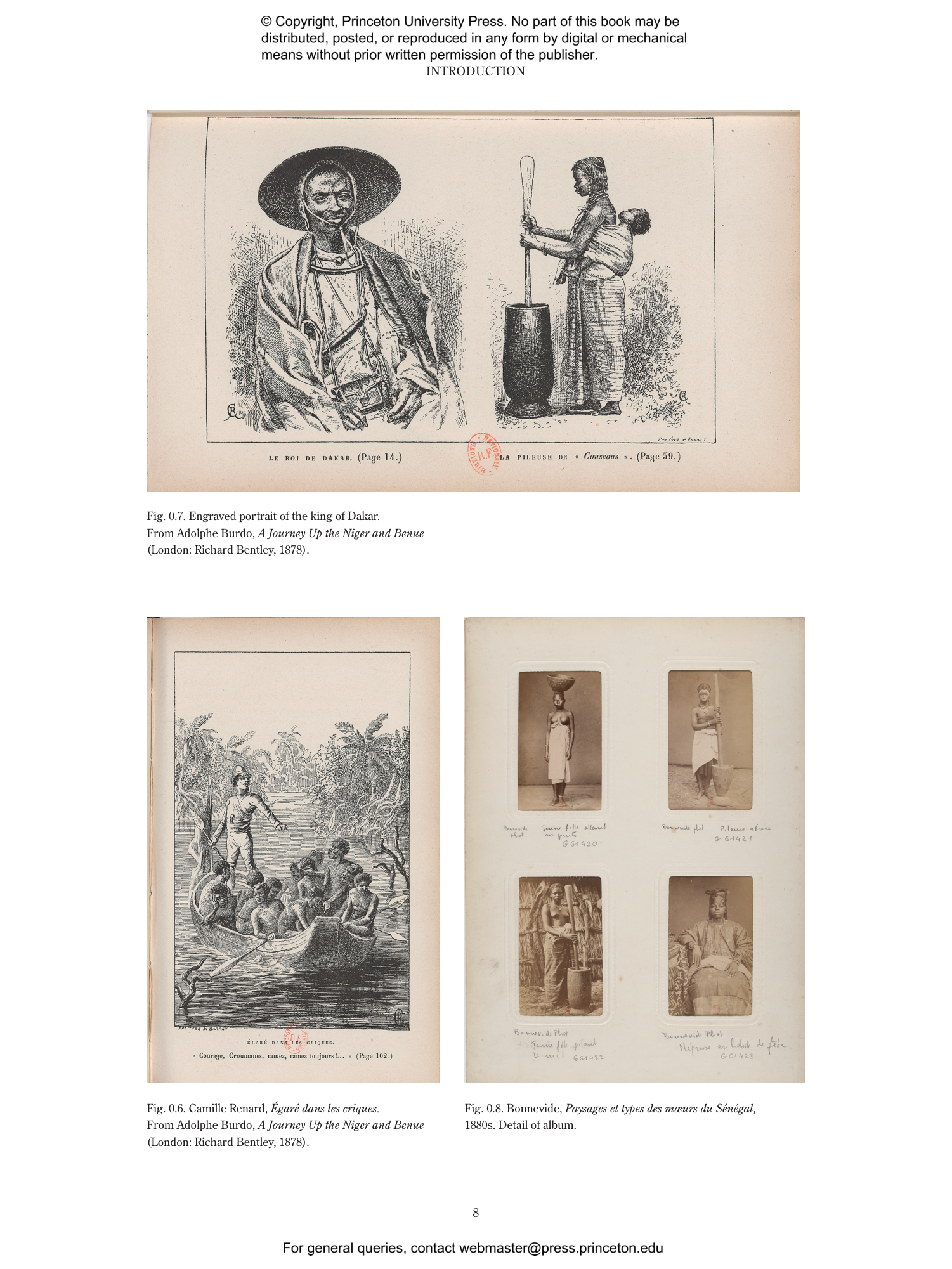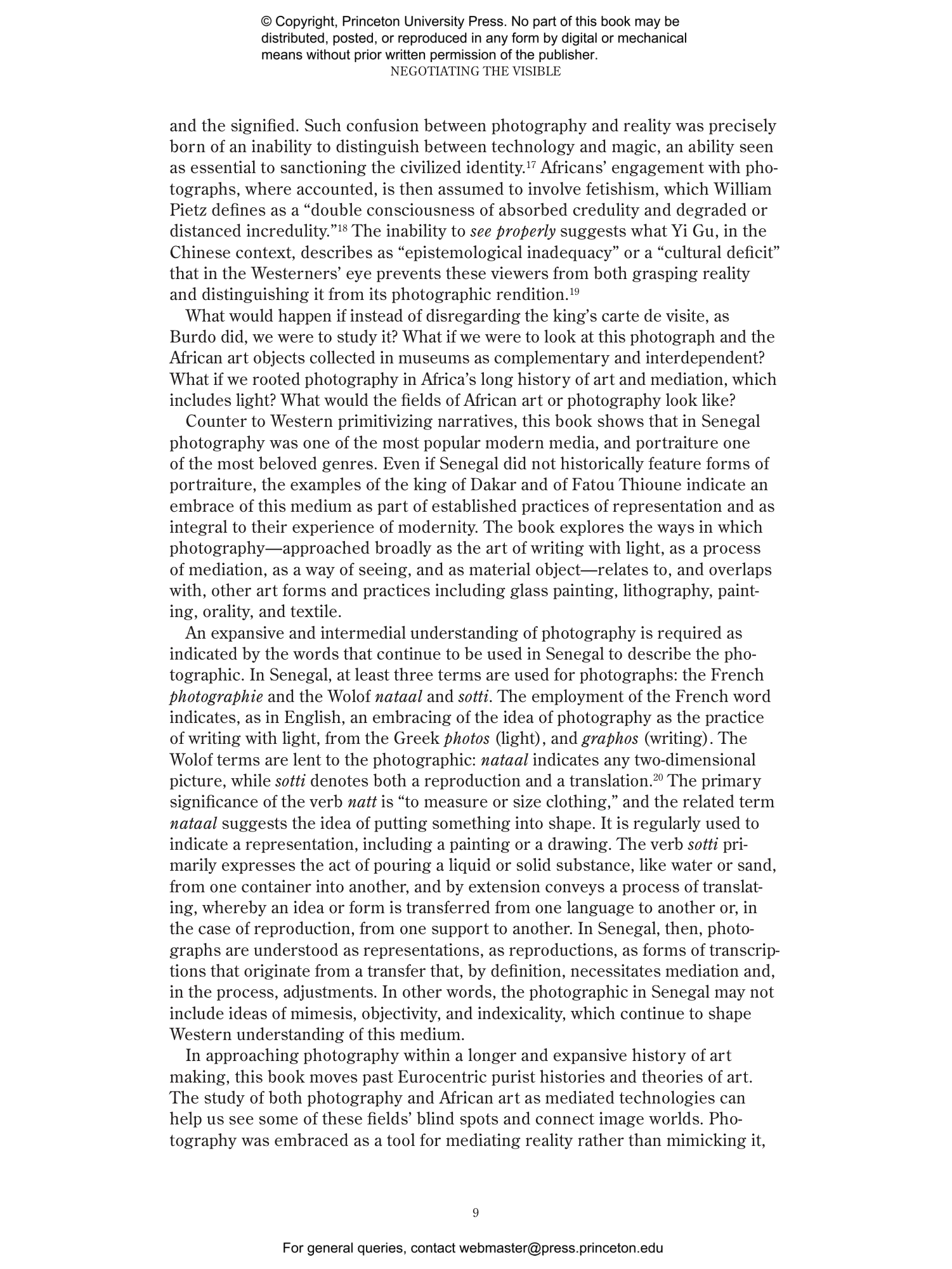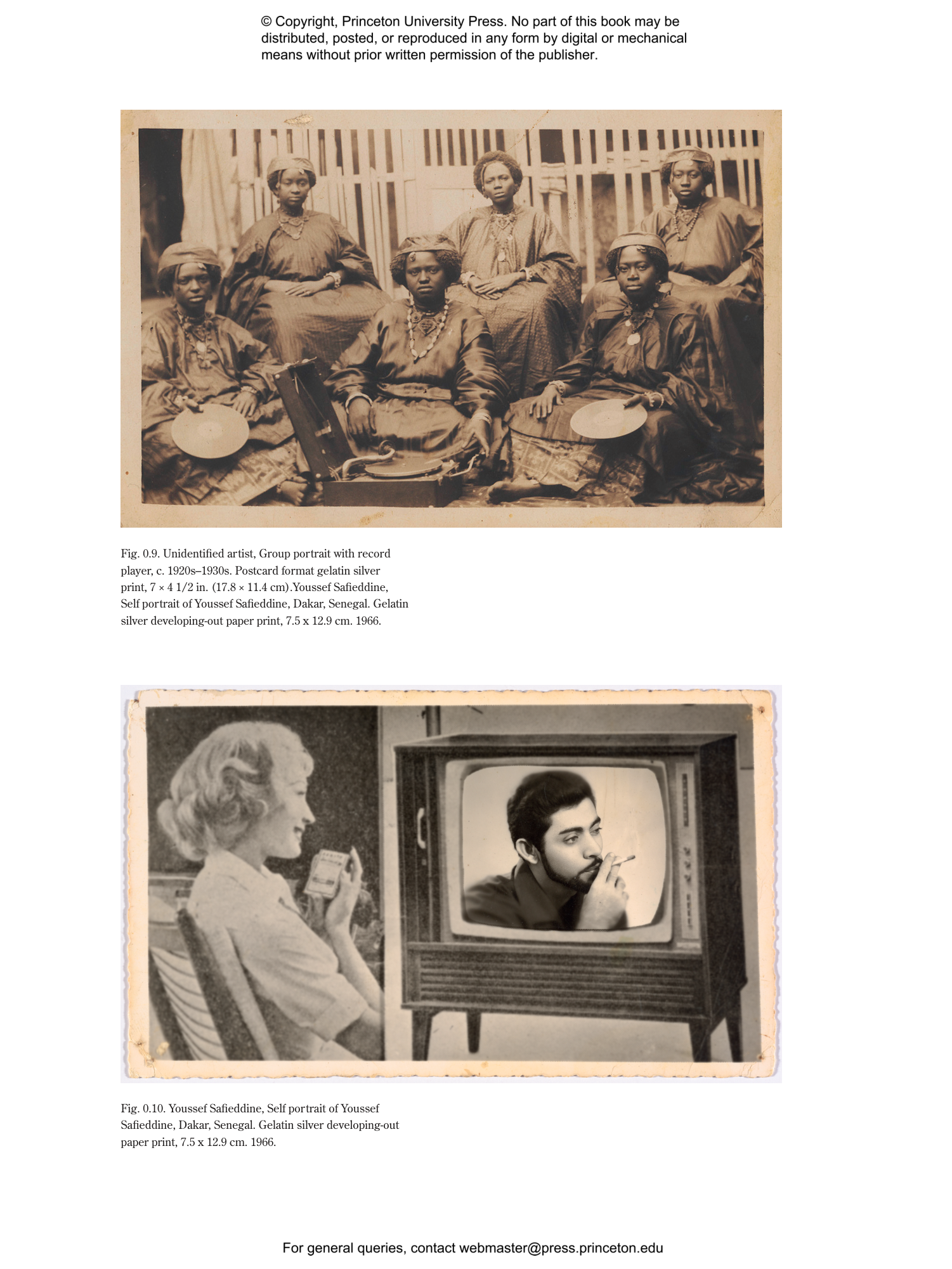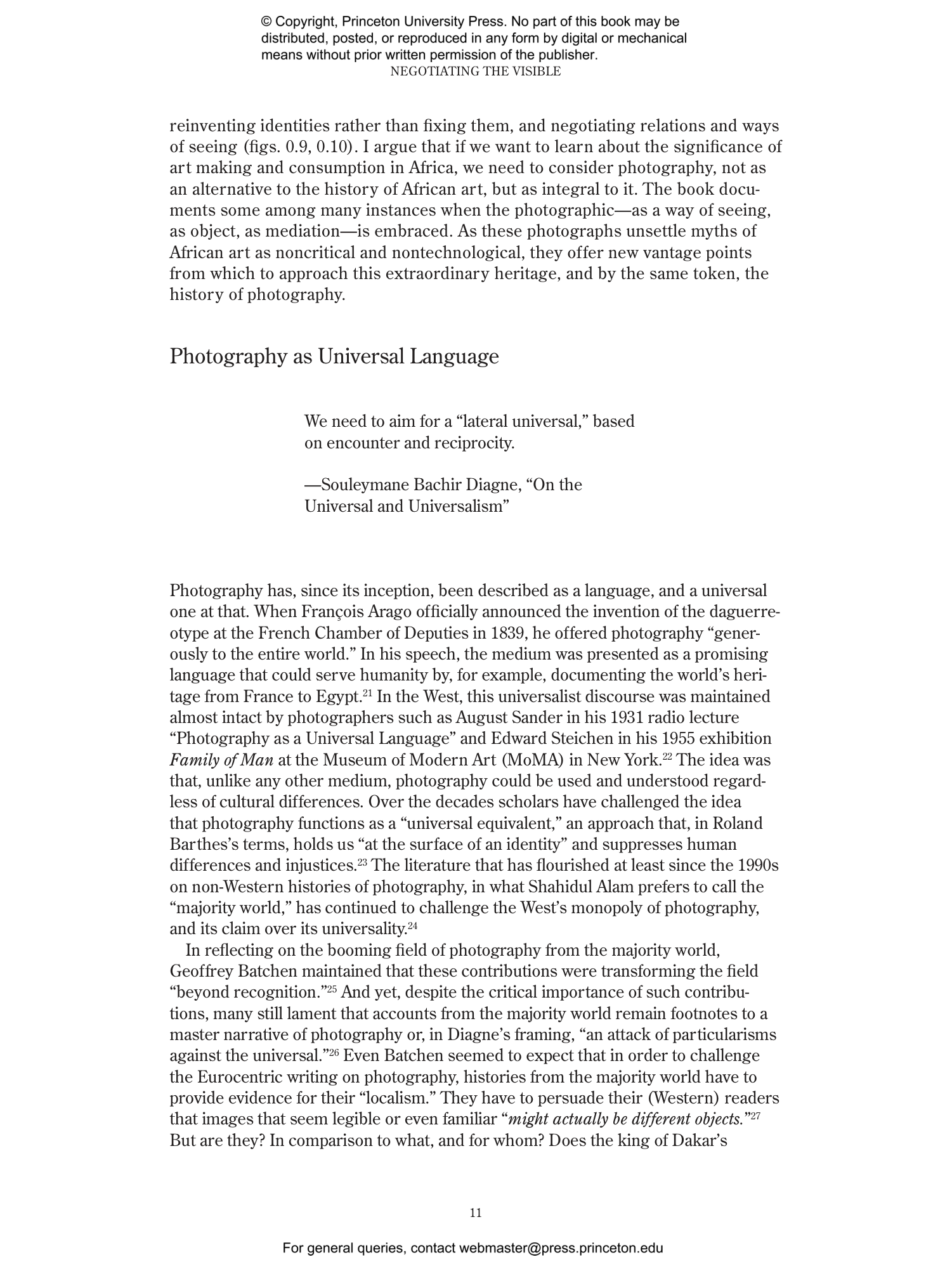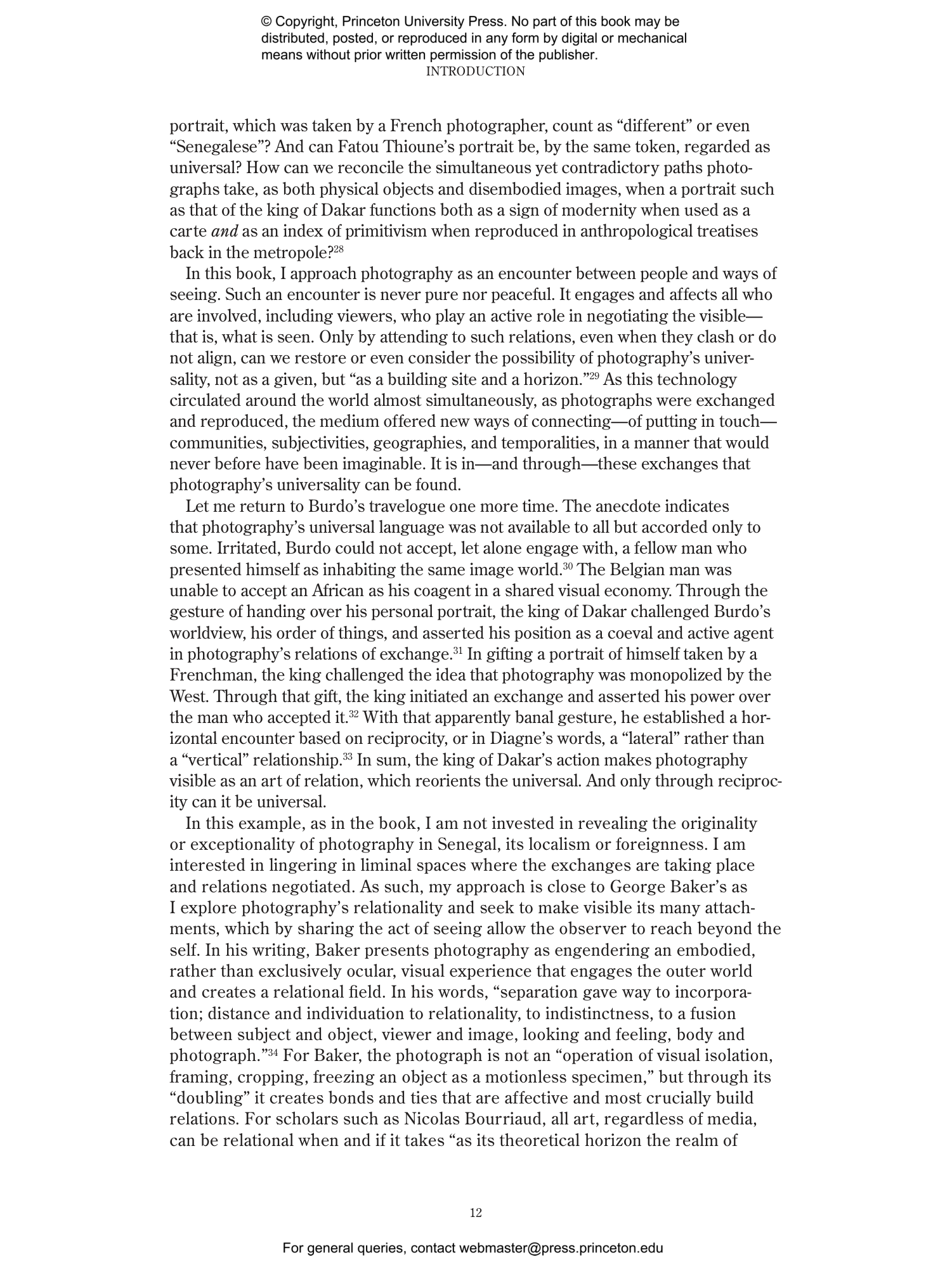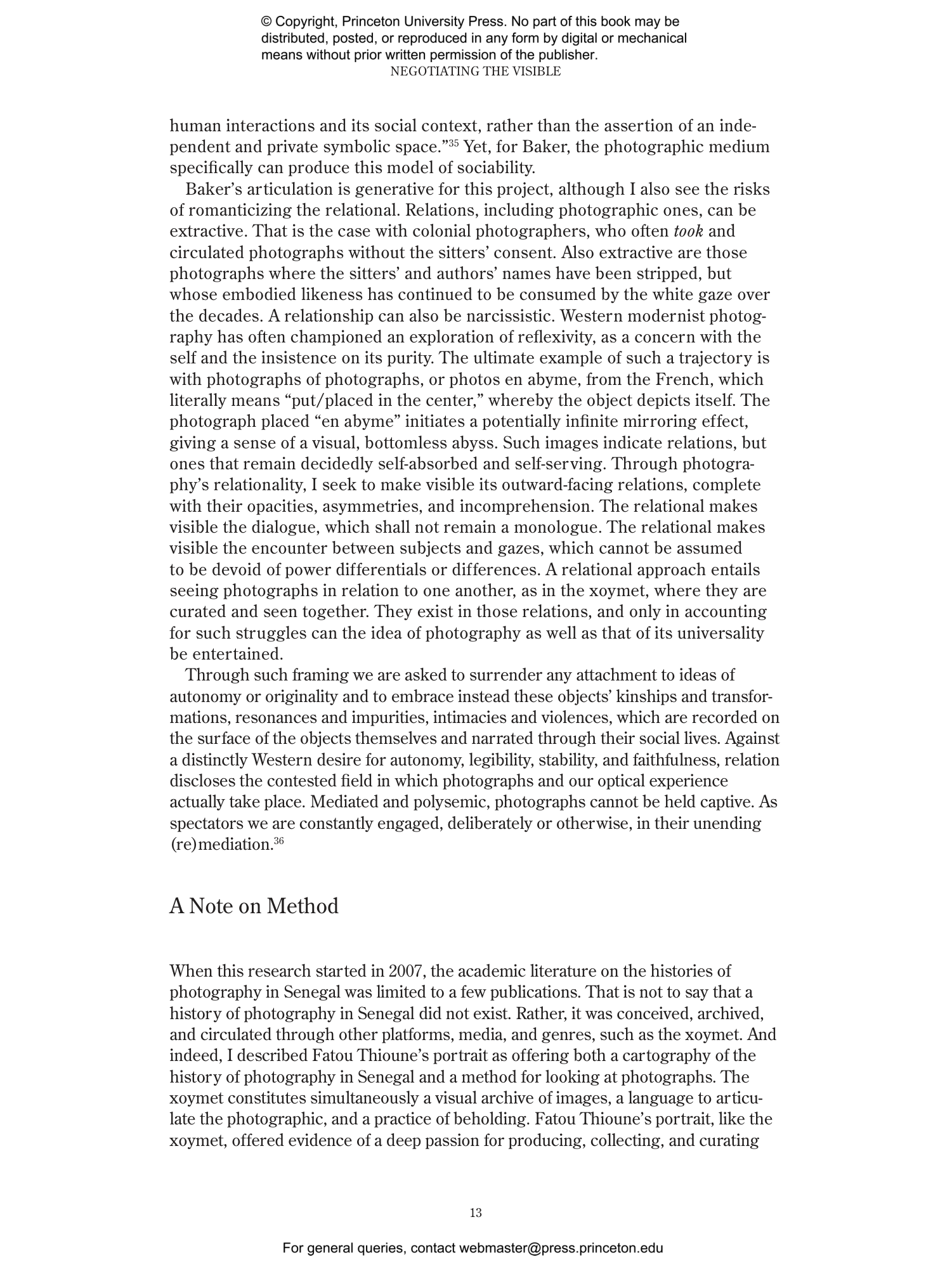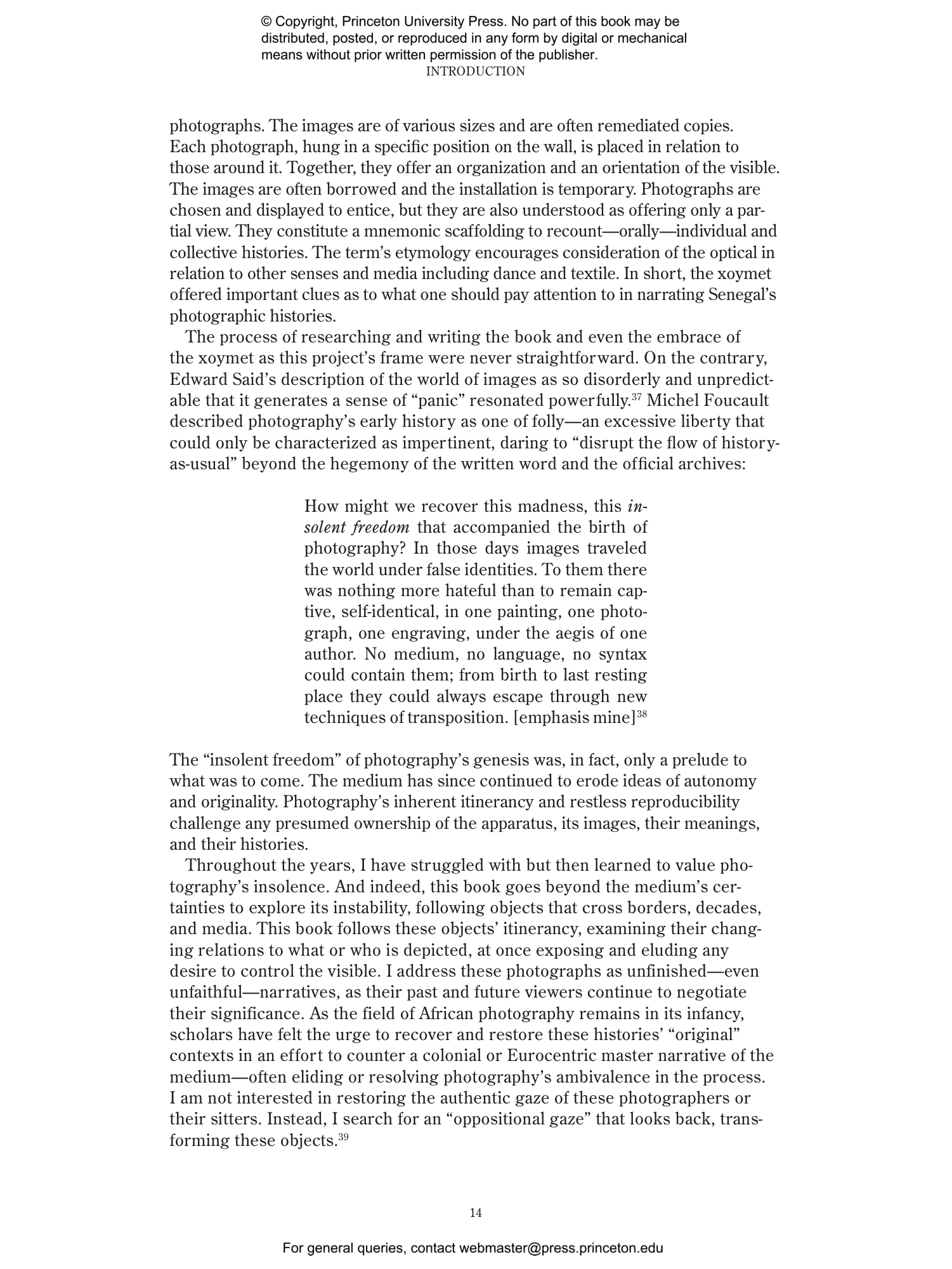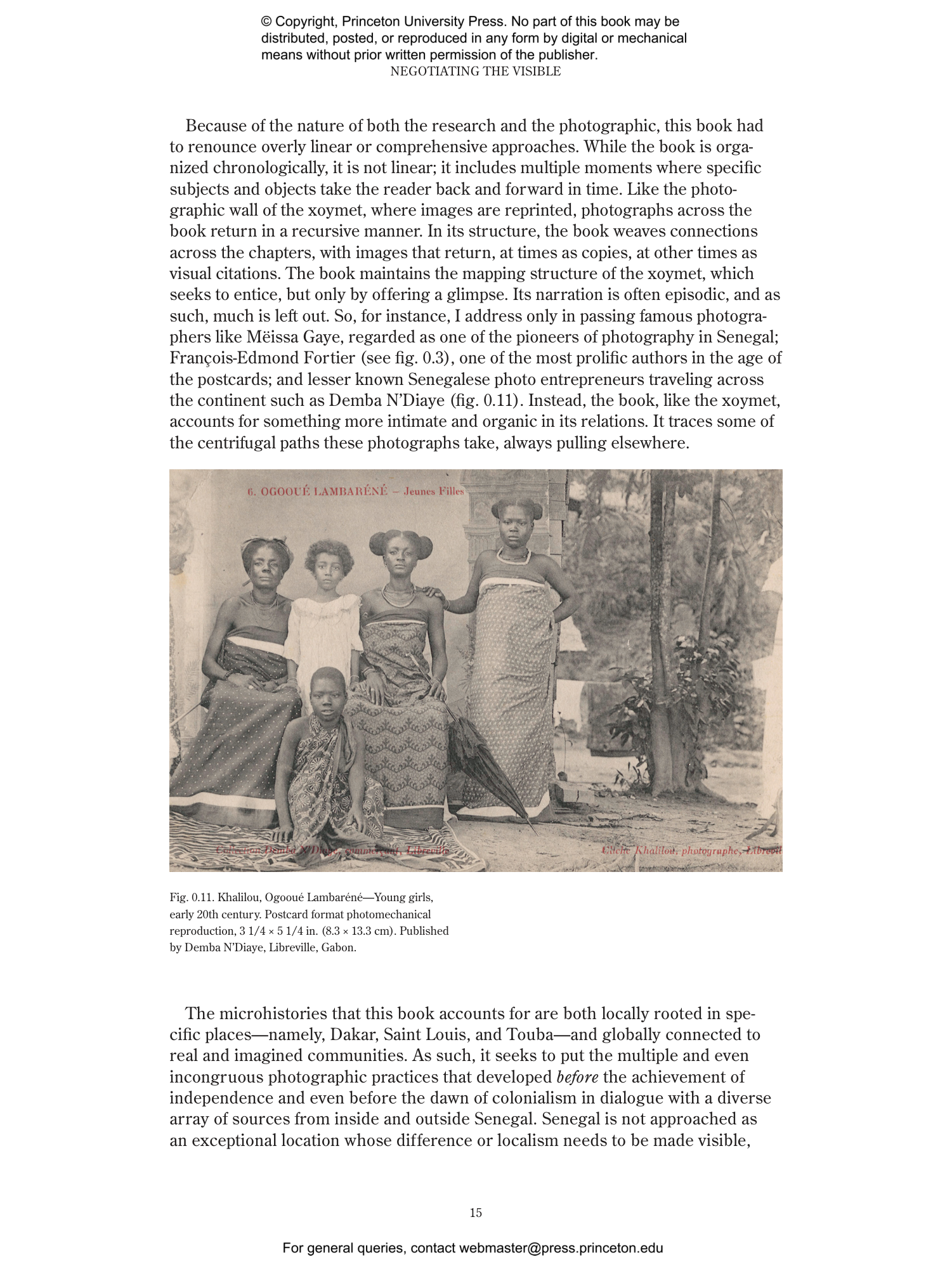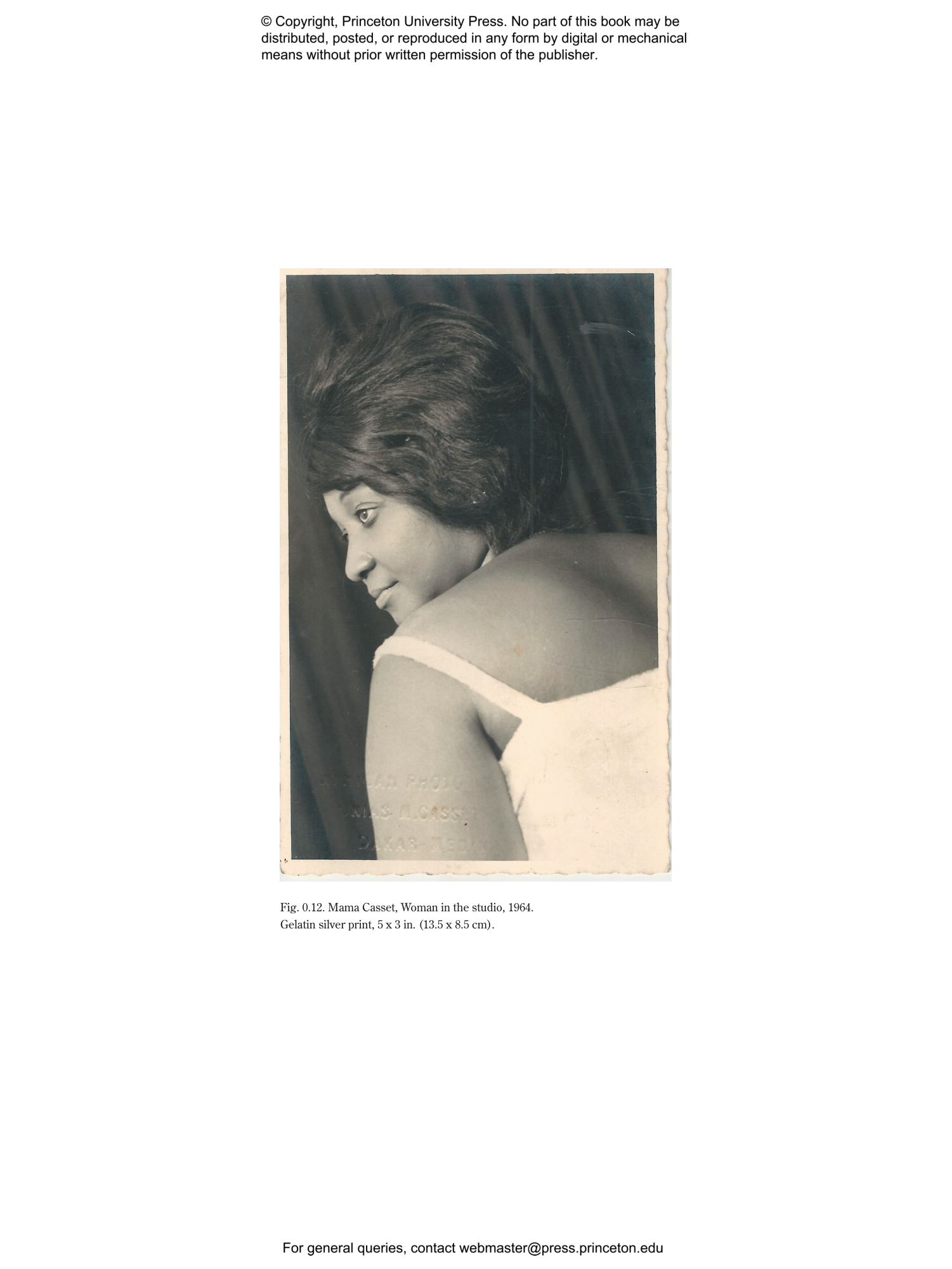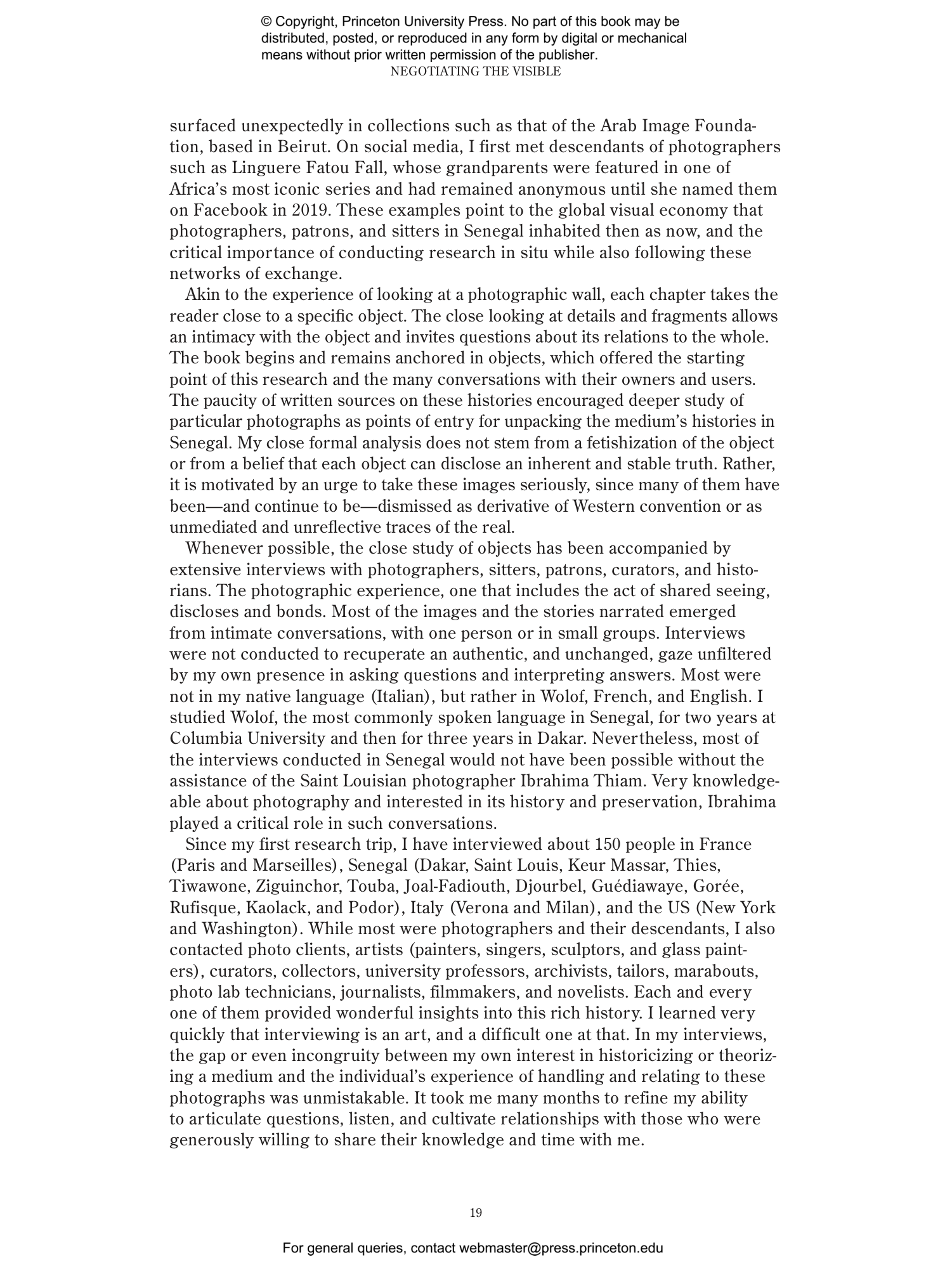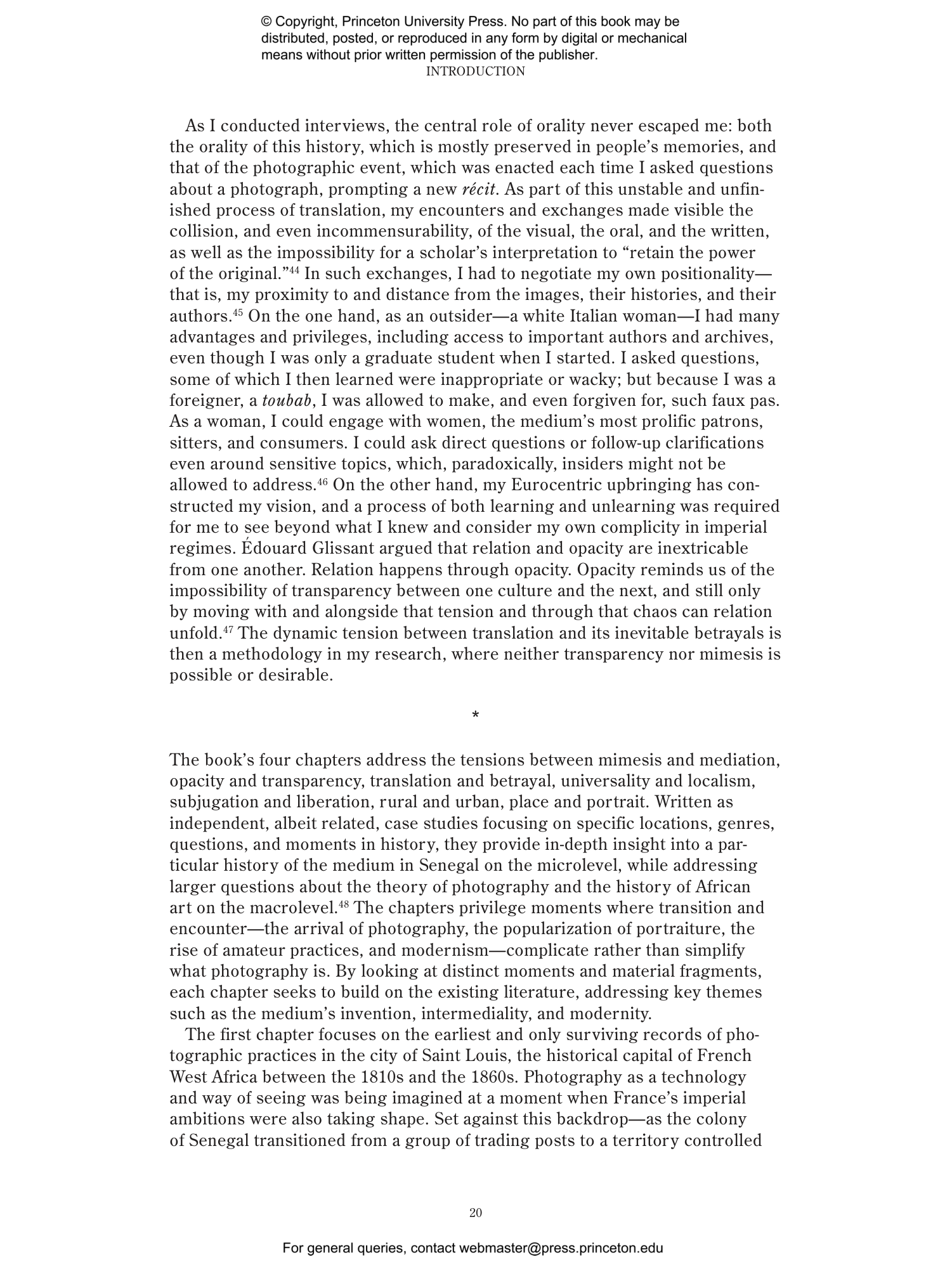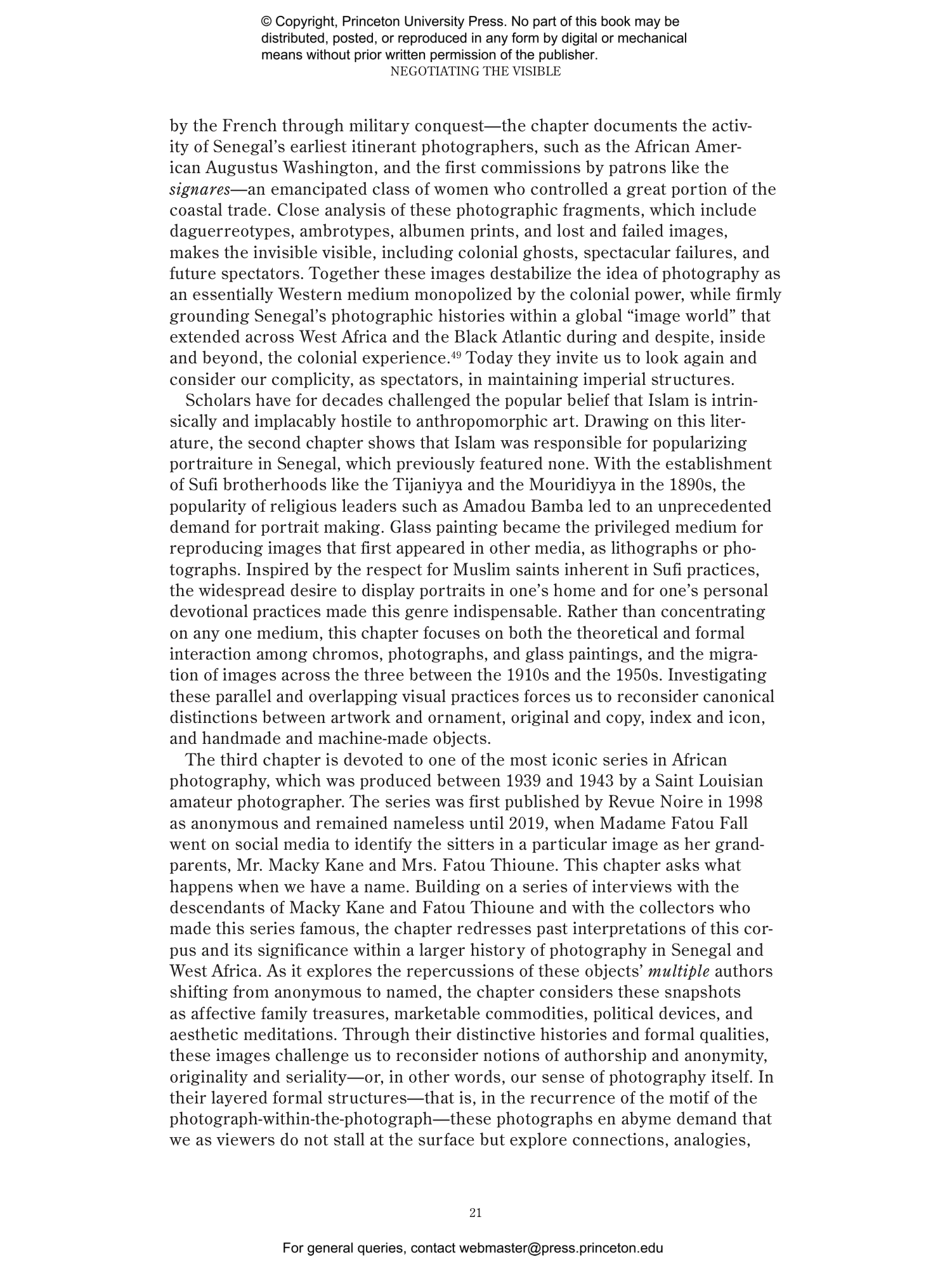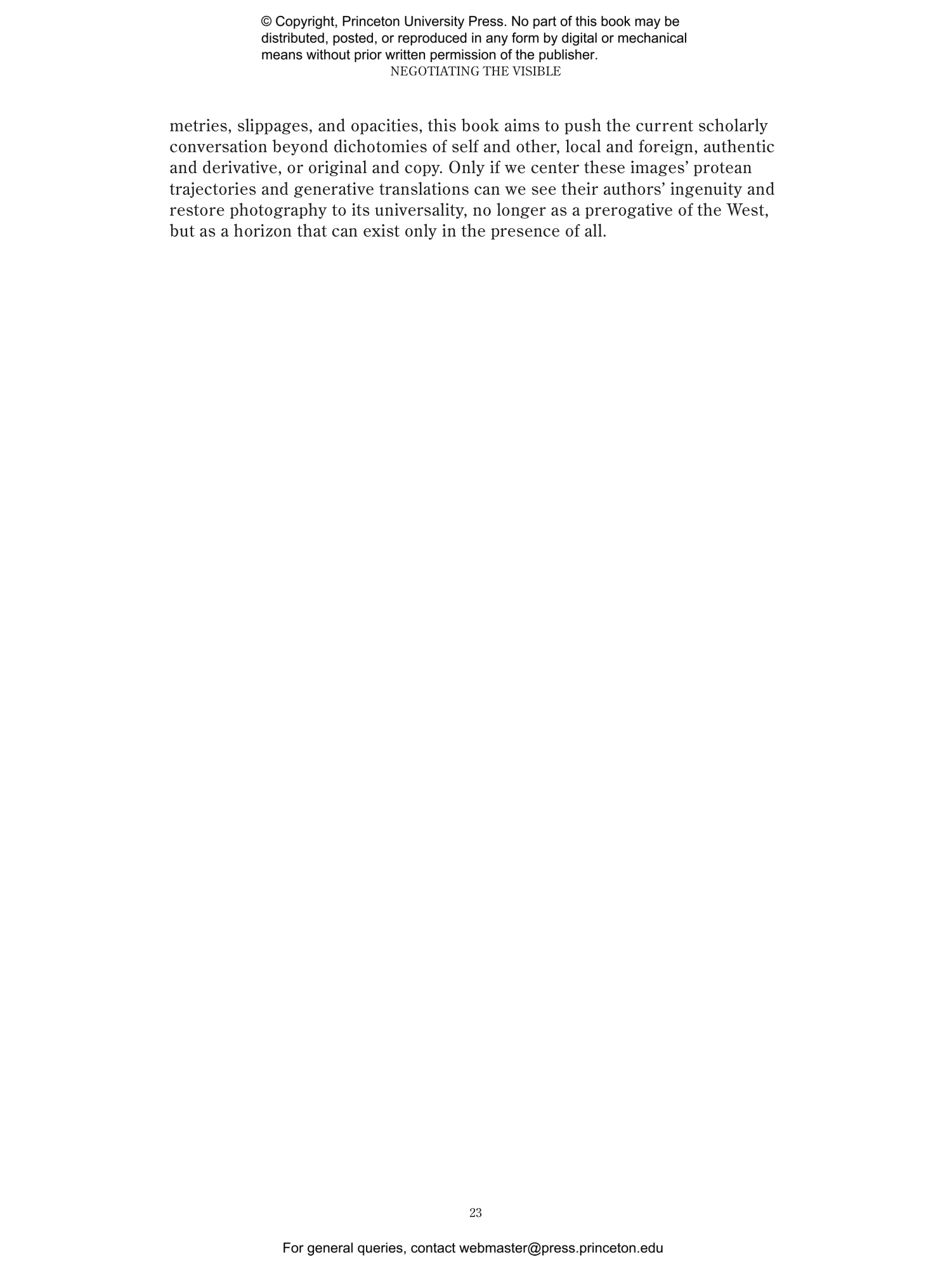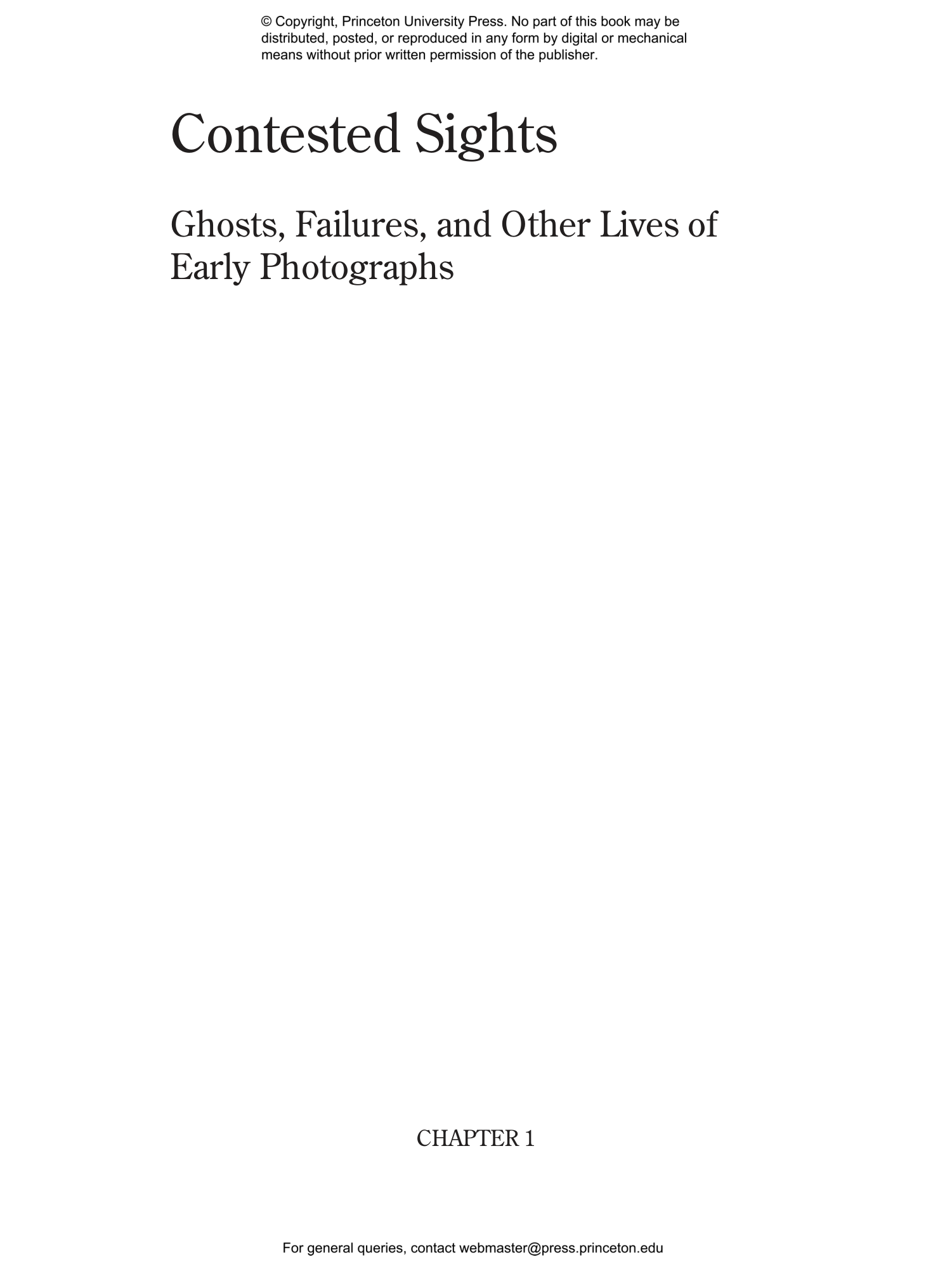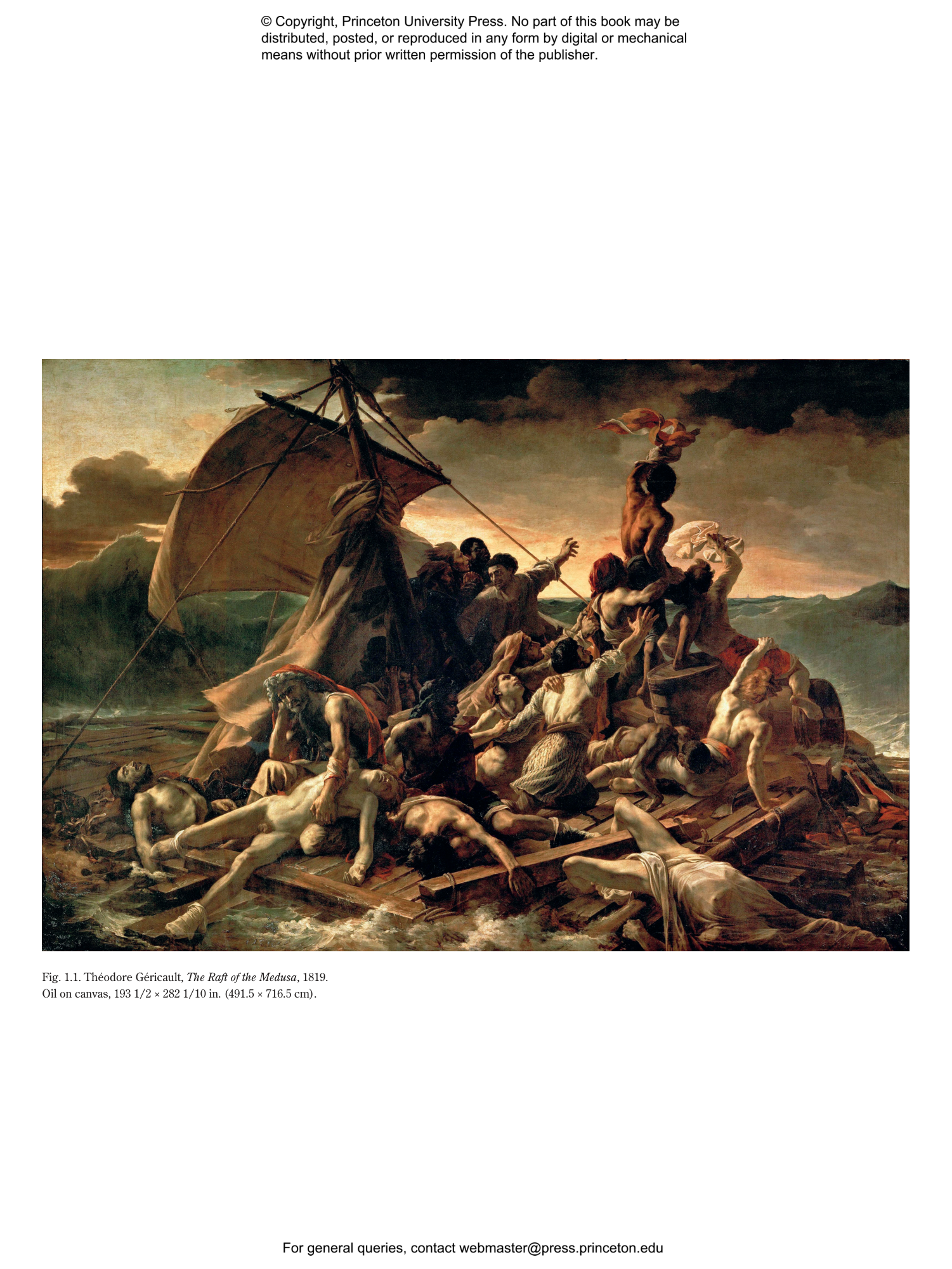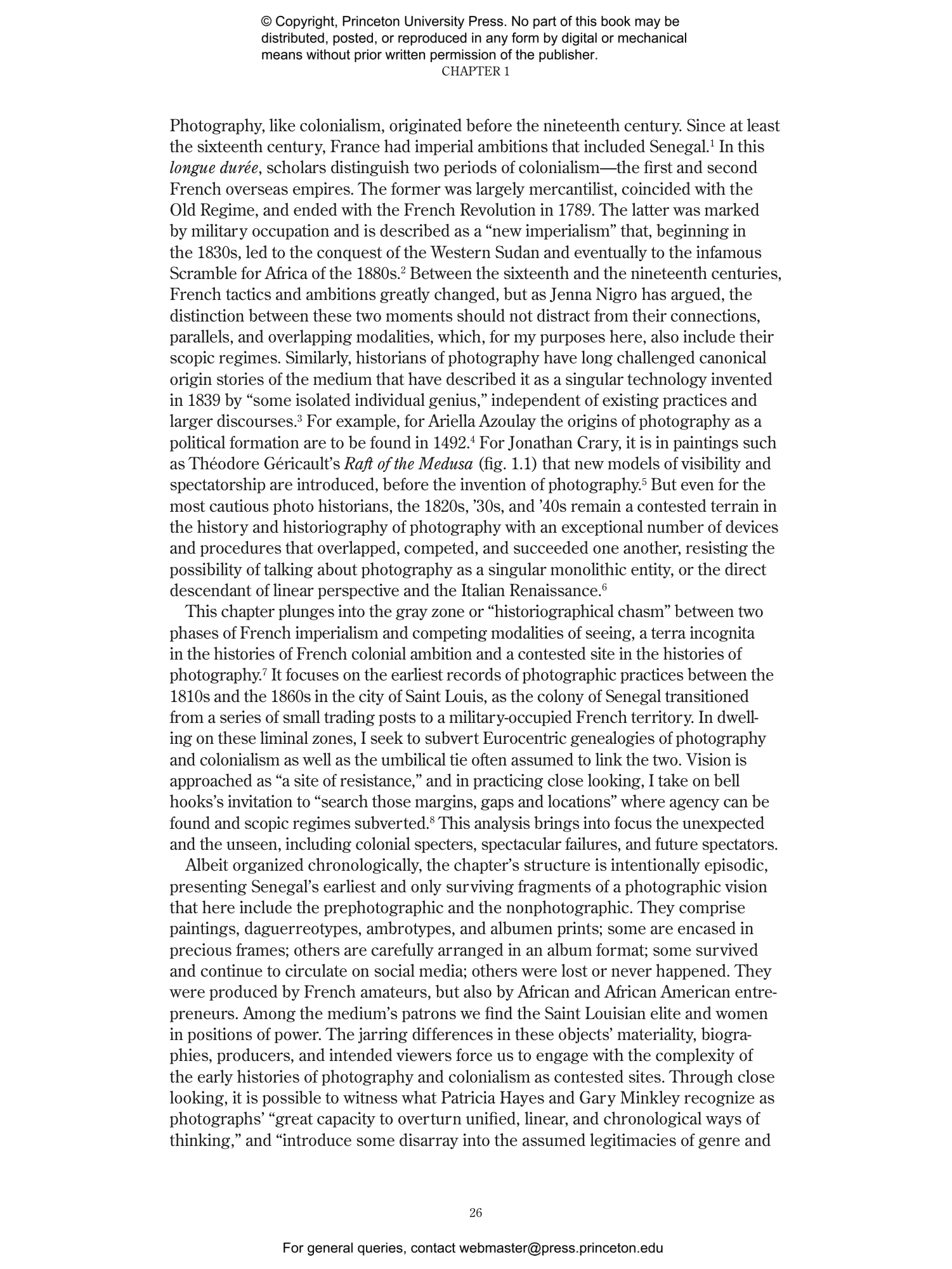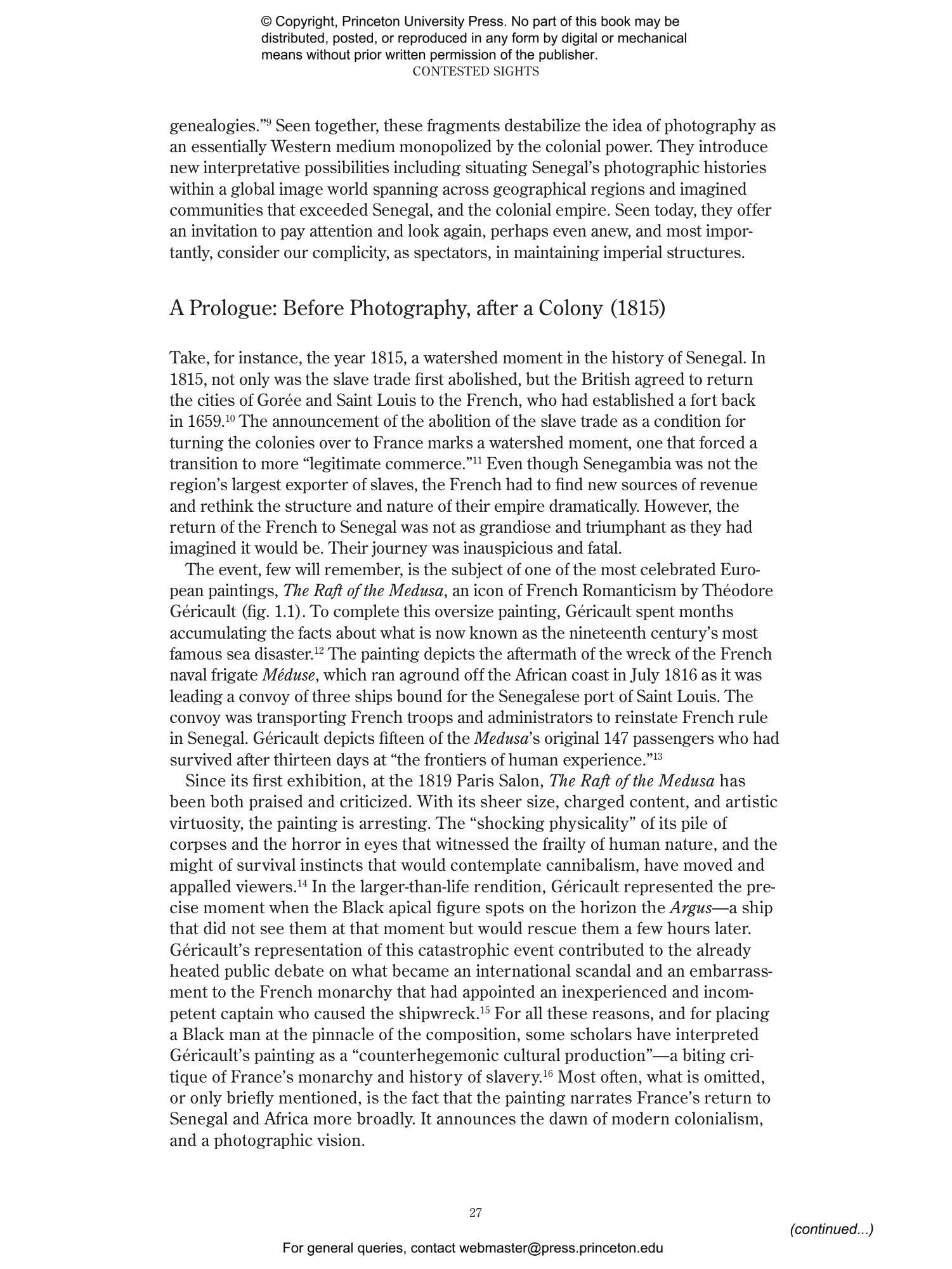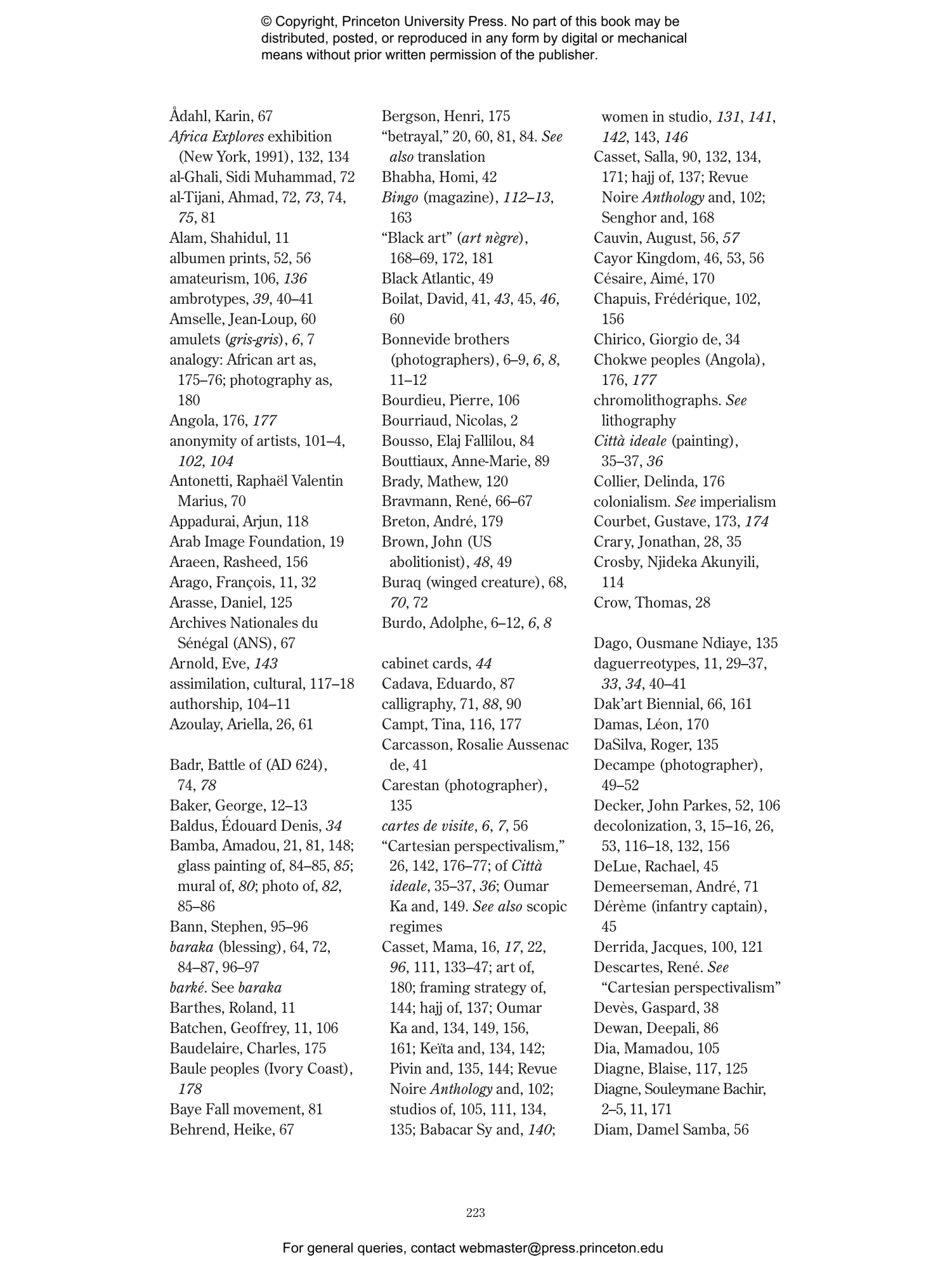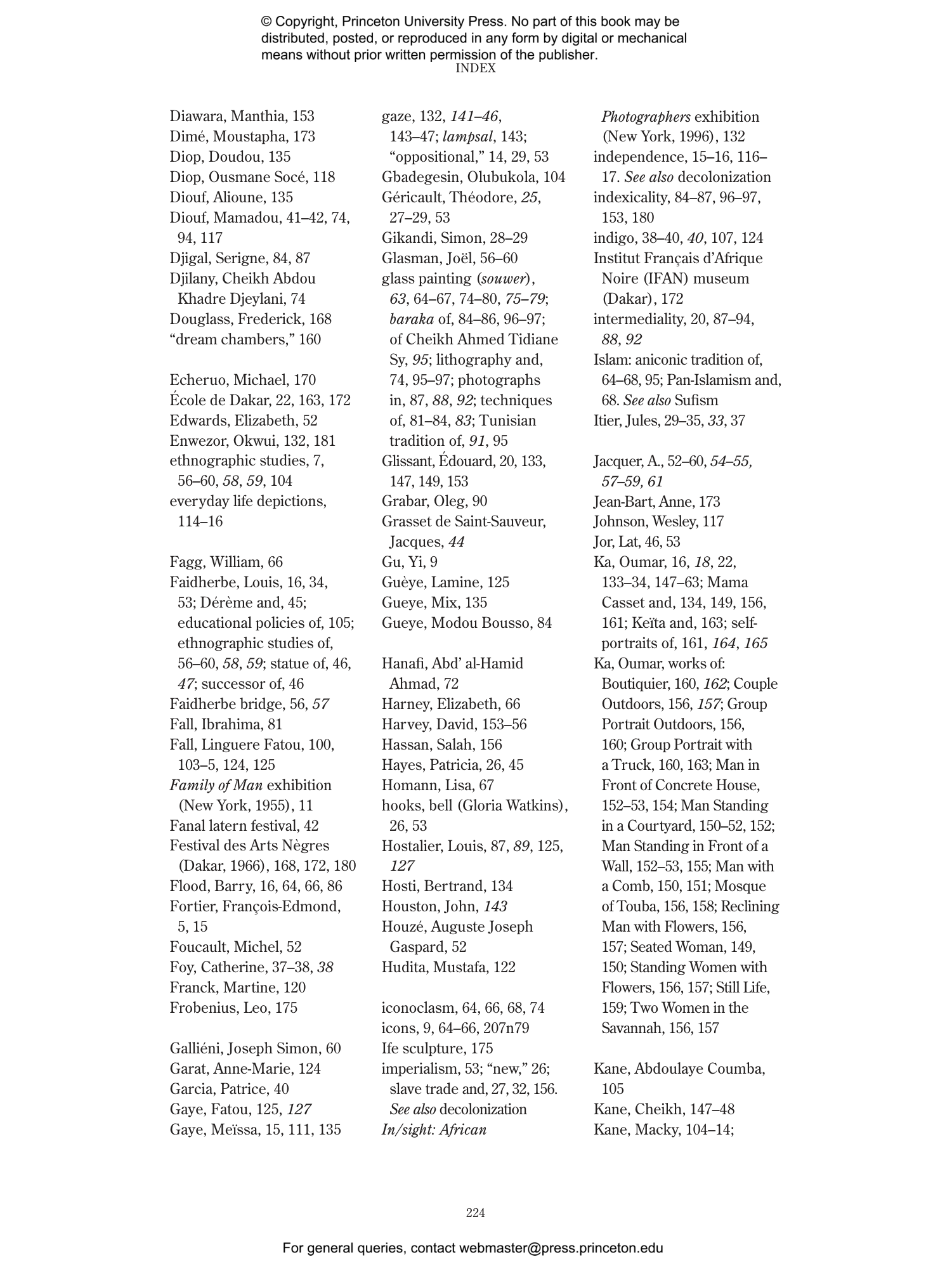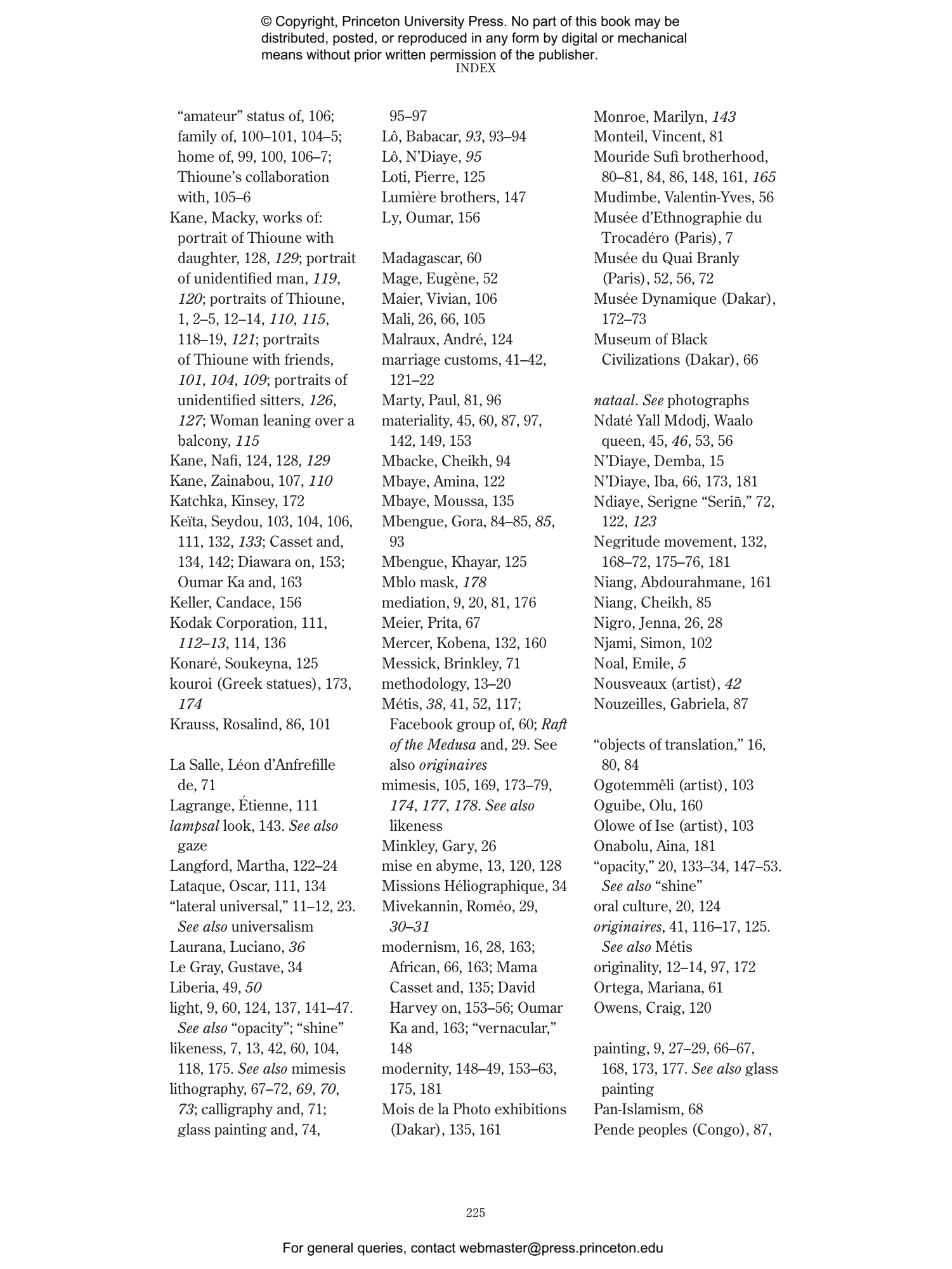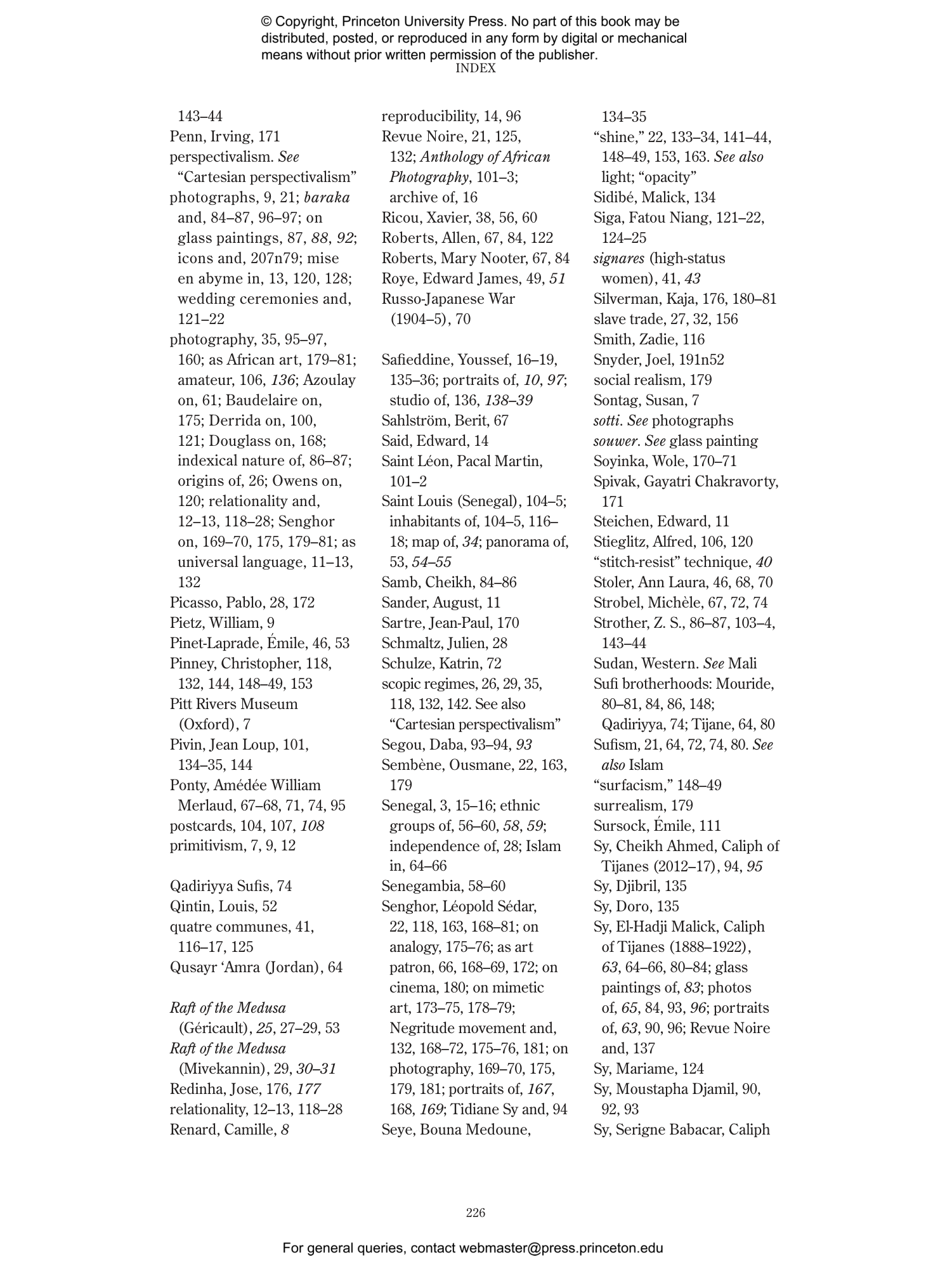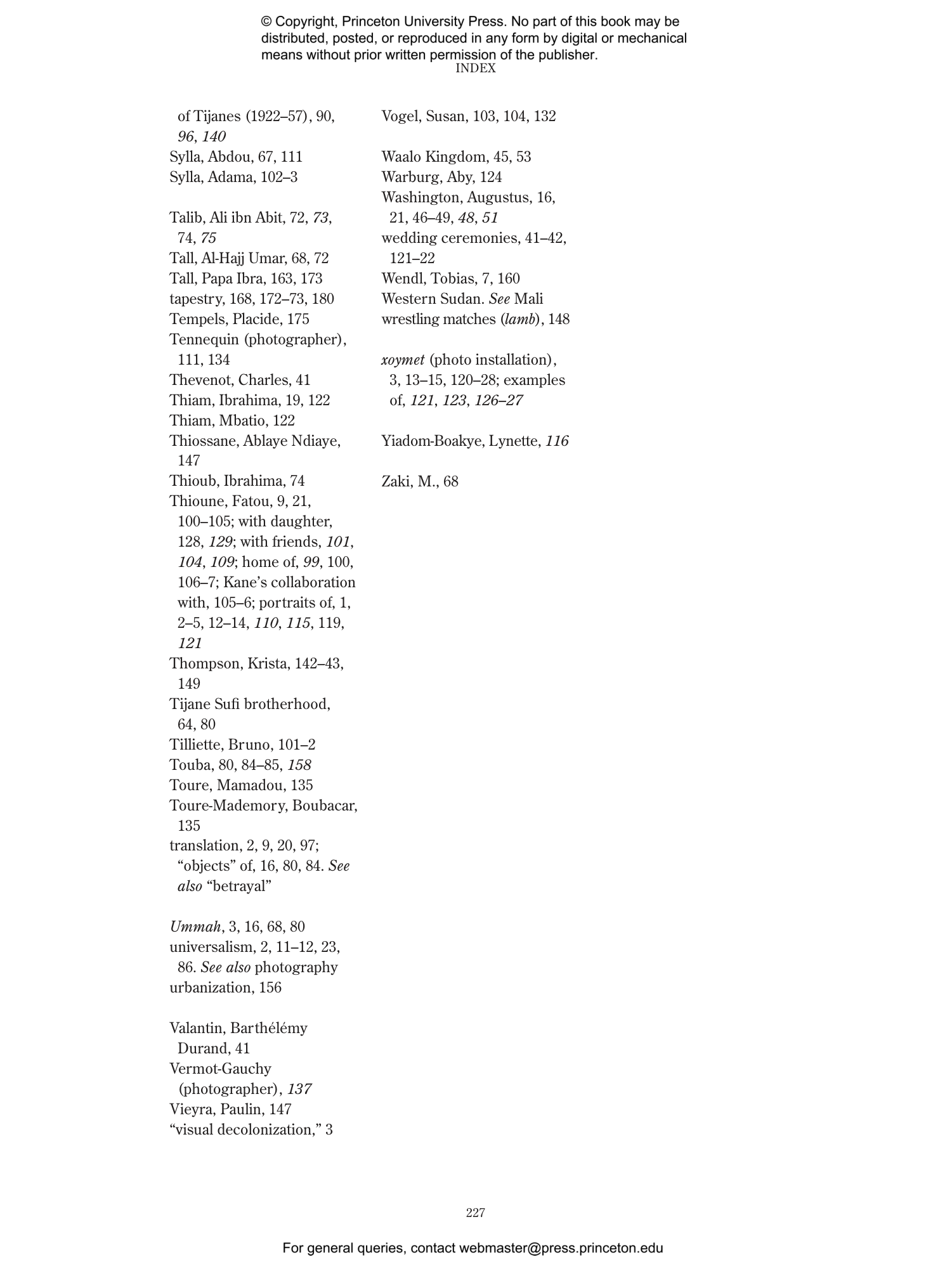When the daguerreotype first arrived in sub-Saharan Africa in the early nineteenth century, local kingdoms still held power in Senegal and the French presence was limited to trading outposts along the coast. The pioneers of photography in Senegal worked within, across, and beyond the borders of colonial empire, expanding the medium’s possibilities and contributing to a global visual language. Portrait and Place explores these unique encounters, providing an in-depth and nuanced look at the images made at the intersection of Black Atlantic, Islamic, and African cultures.
Giulia Paoletti takes readers on a visual journey from the 1840s, when the oldest-surviving daguerreotype from West Africa was made, to the 1960s, when photography became the most popular medium as Senegal achieved its independence. She discusses some of Africa’s most celebrated modernists, such as Mama Casset, and also offers insights into lesser-known photographers like Oumar Ka and once-anonymous figures such as Macky Kane. Paoletti examines both professional and amateur artists in genres ranging from portraiture to landscape and across media such as glass painting and lithography.
Featuring a wealth of breathtaking images published here for the first time, Portrait and Place brings to life the important histories of photography on the African continent.
Awards and Recognition
- Winner of The Photography Network Book Prize
Giulia Paoletti is assistant professor of art history at the University of Virginia. She is the coeditor of The Expanded Subject: New Perspectives in Photographic Portraiture from Africa.
"Presenting as much text as imagery, [Portrait and Place] offers a firm handhold in a rich and fascinating exploration of photography as an archival and artistic medium — but it also allows an intimate glimpse of a place that holds its own self-image close."—Sarah Rose Sharp, Hyperallergic
"[Portrait and Place] re-examine[s] the history of photography in [Senegal]. . . . Paoletti has built a timeline . . . unearthing unpublished gems, giving authorship to images long labelled anonymous, and dispelling many myths."—Thomas Page, CNN
"Using portraits and pictures of places taken between the 1840’s and 1960’s, Giulia Paoletti… shows that the country enjoyed a thriving photographic tradition, especially among women."—Elizabeth Fitzherbert, The Lady
“Portrait and Place is a wonderful addition to the literature on African modernism, global photography, and beyond. It is about the routes and journeys of photographs and pictures—as they go from one place to another, from one medium to another. This is a social history of the photography of West Africa, and a story about the ways in which African influence is transmitted in ever-larger circles.”—Delinda Collier, author of Media Primitivism: Technological Art in Africa
“Portrait and Place is a major accomplishment, offering a significant and original contribution to the field by putting art history into a new and challenging dialogue with philosophy and history. Giulia Paoletti brings new conceptualizations based on African material into global discourse on art and photography, thus reversing the assumed normal direction of theory from Europe outward to its (post)colonies.”—Patricia Hayes, coeditor of Ambivalent: Photography and Visibility in African History
“Portrait and Place is a wonderfully conceived, beautifully written, and theoretically ambitious journey through the worlds of Senegalese photography. In its pages, Giulia Paoletti insists on the local significance of photography while expanding our depth of field in ways that challenge our assumptions about Africa, African art, modernism, and histories of photography.”—Steven Nelson, coeditor of Black Modernisms in the Transatlantic World
